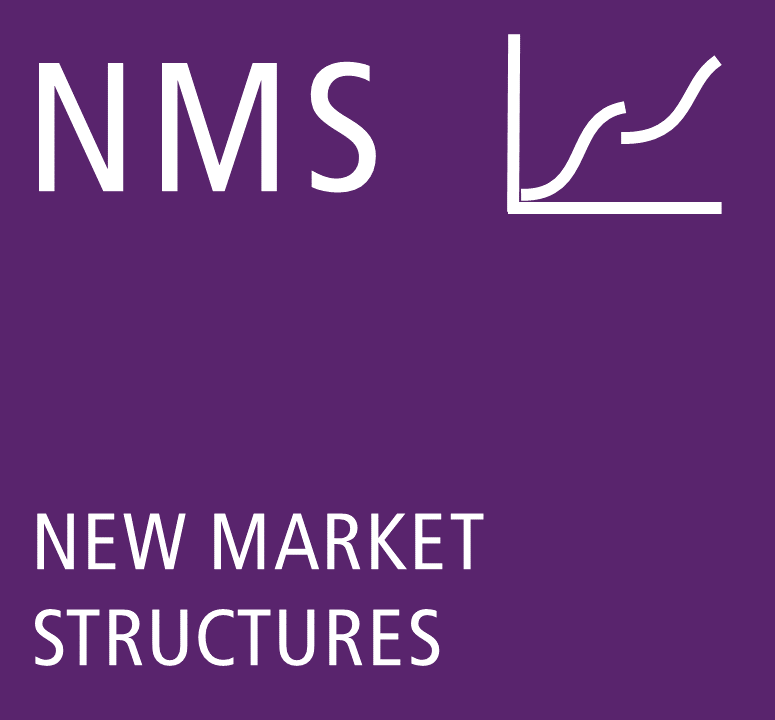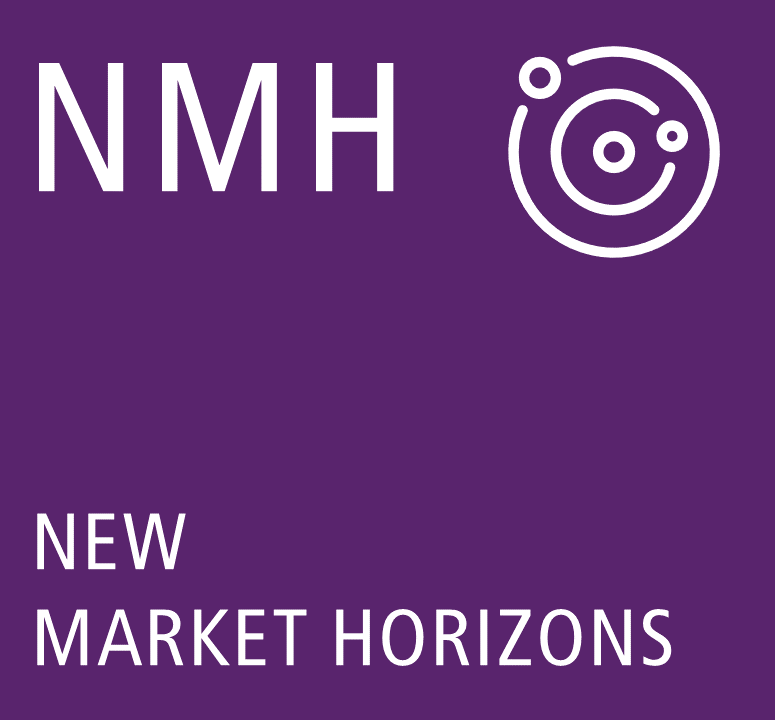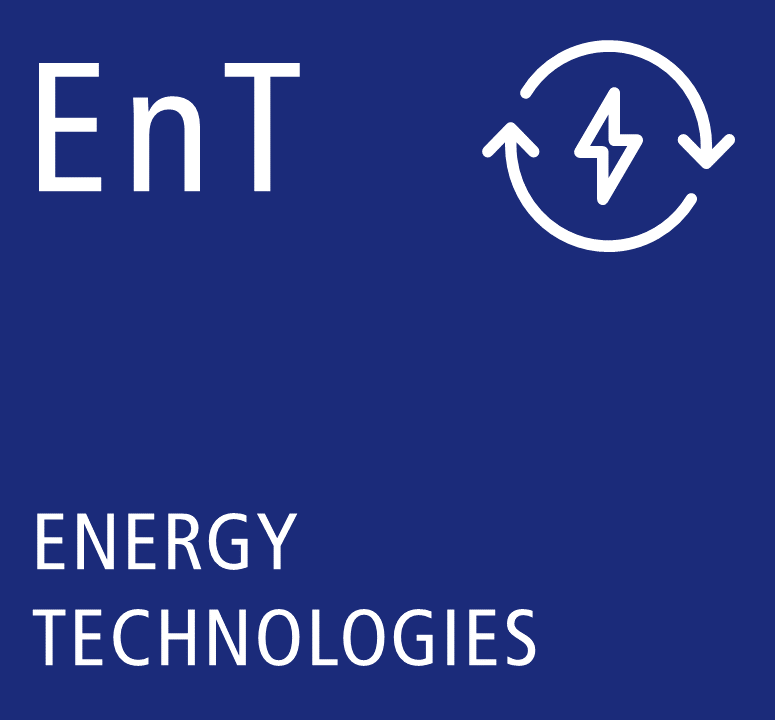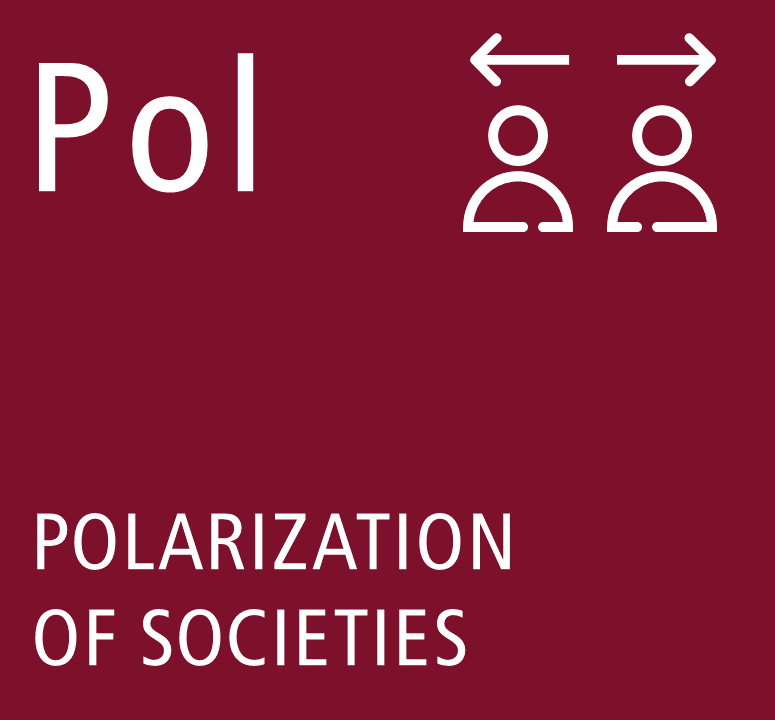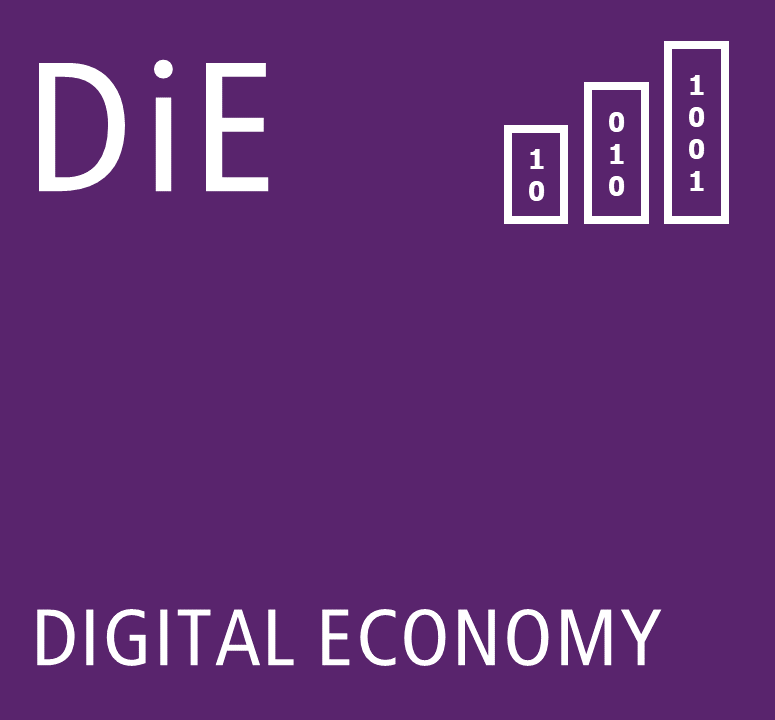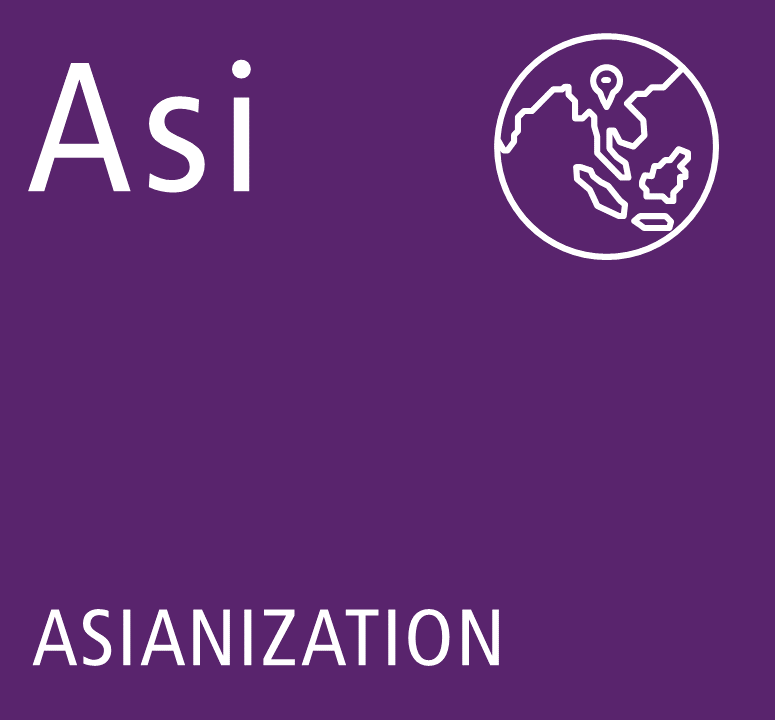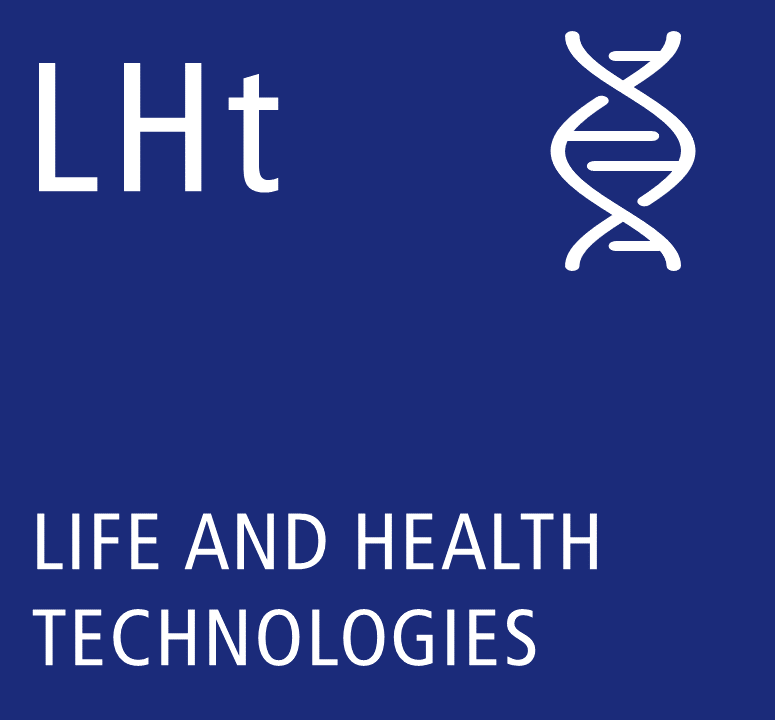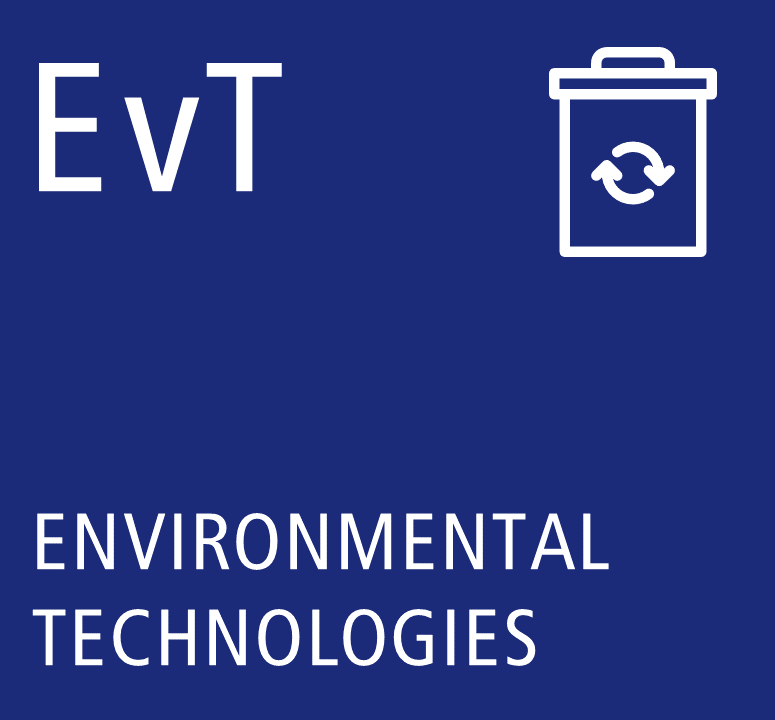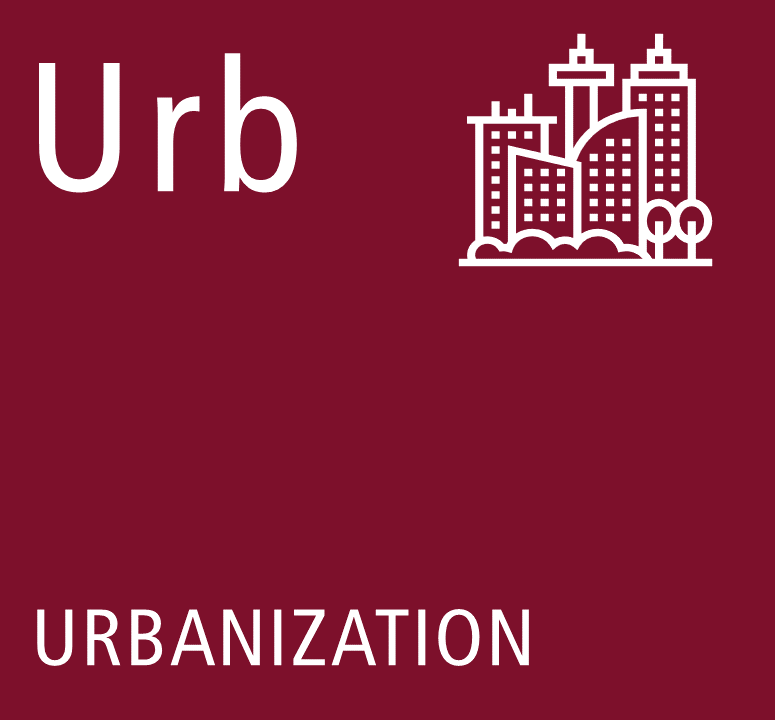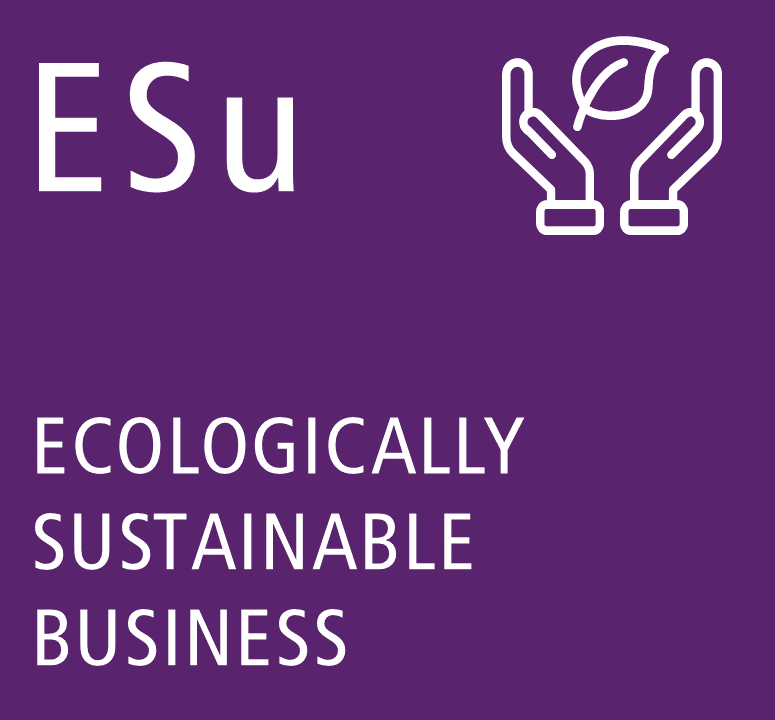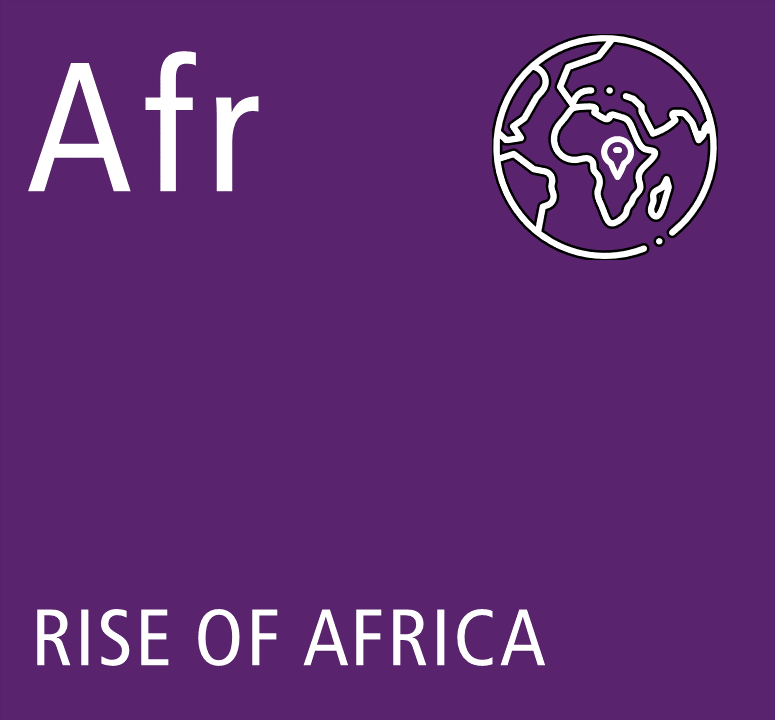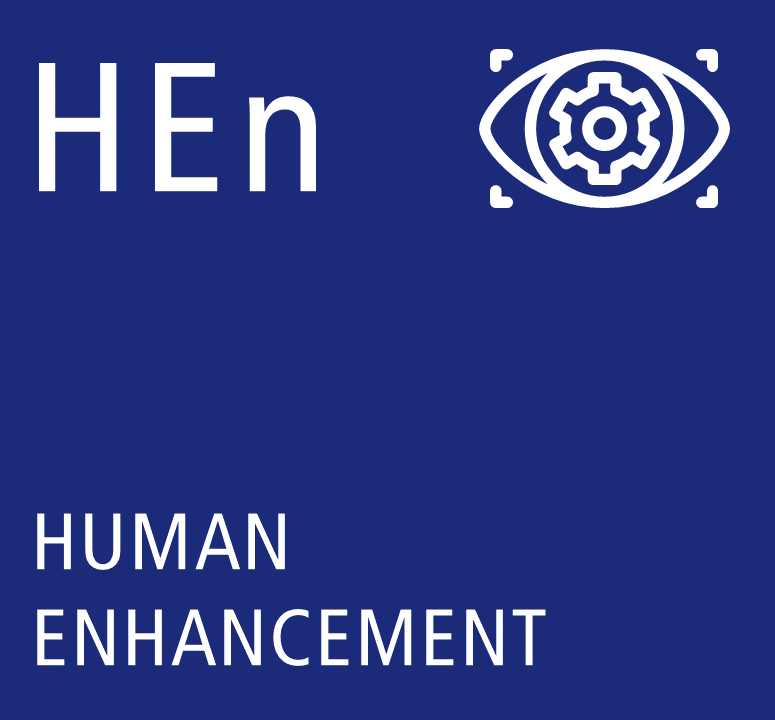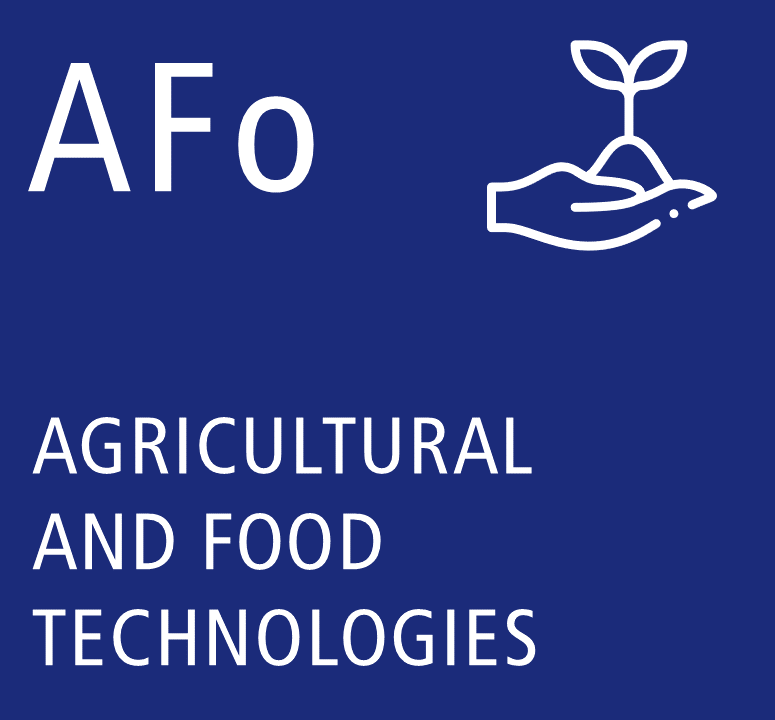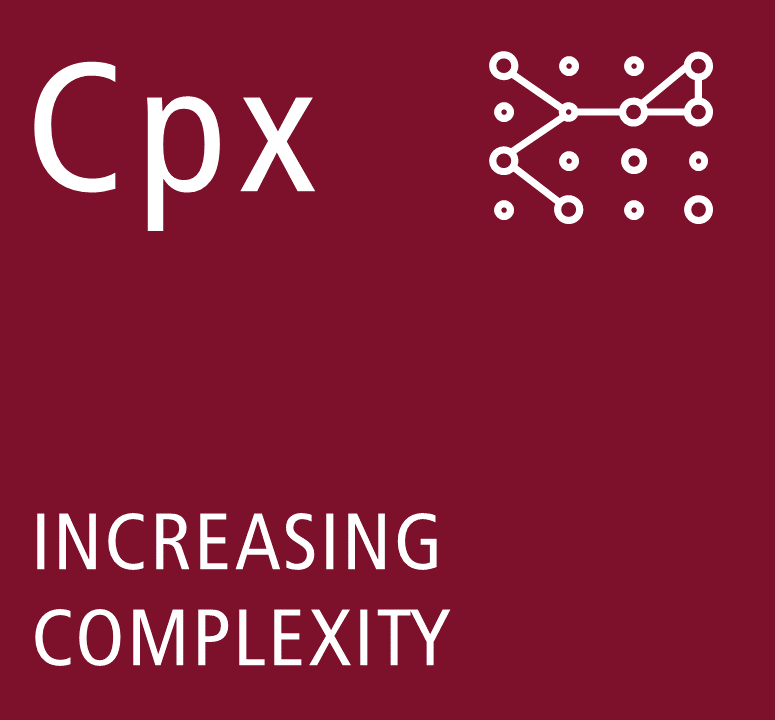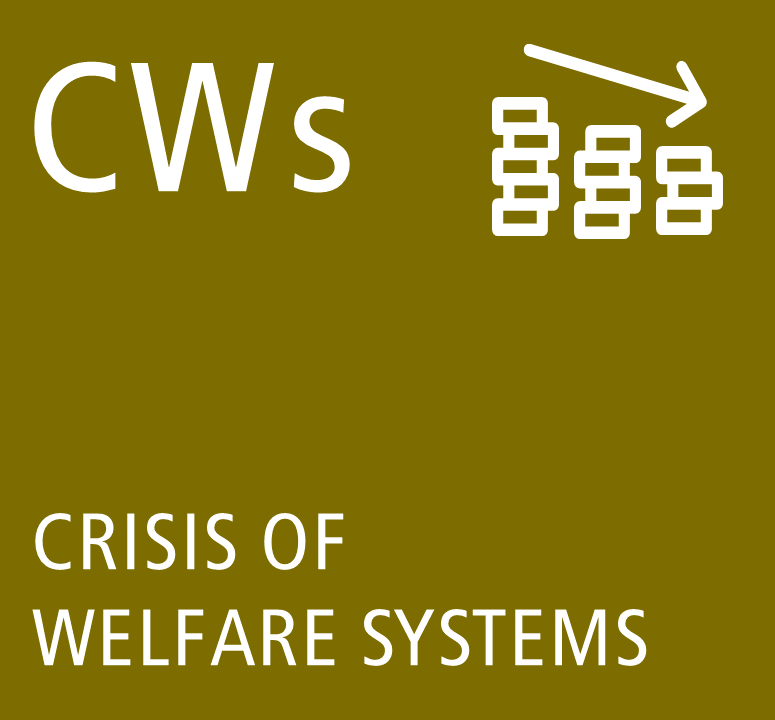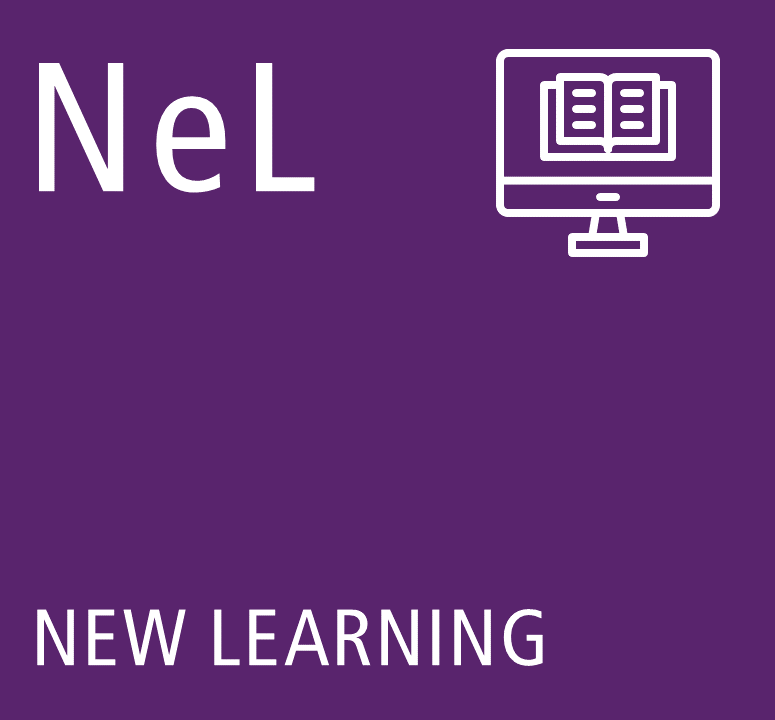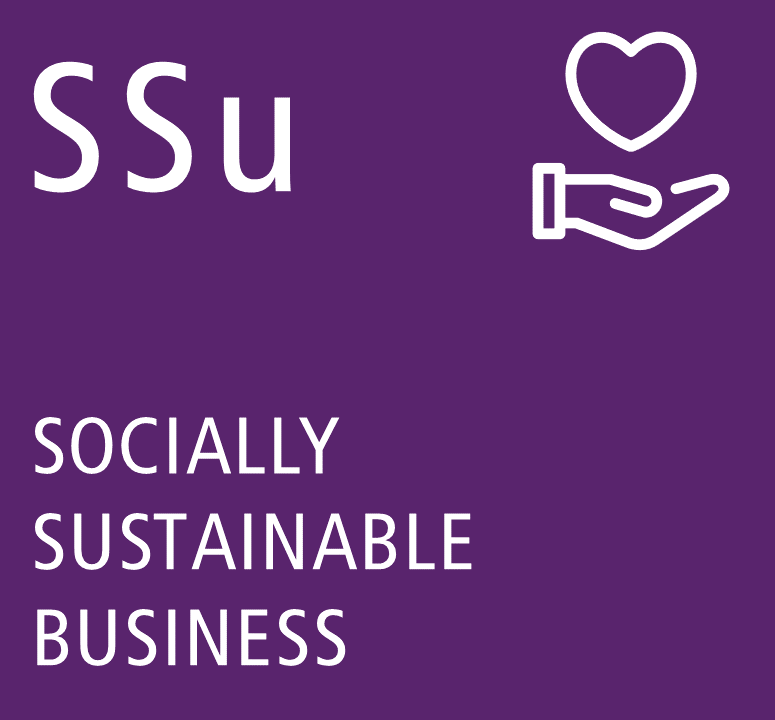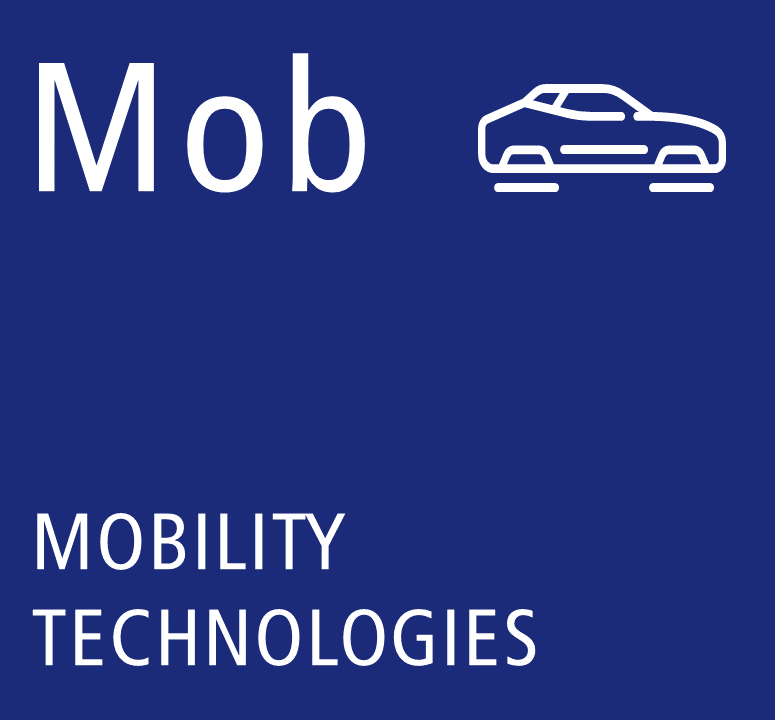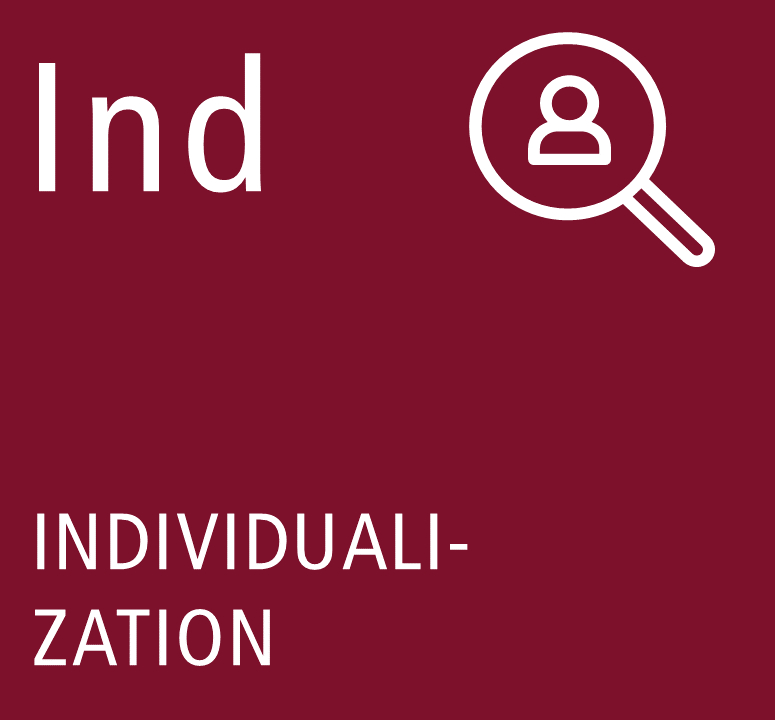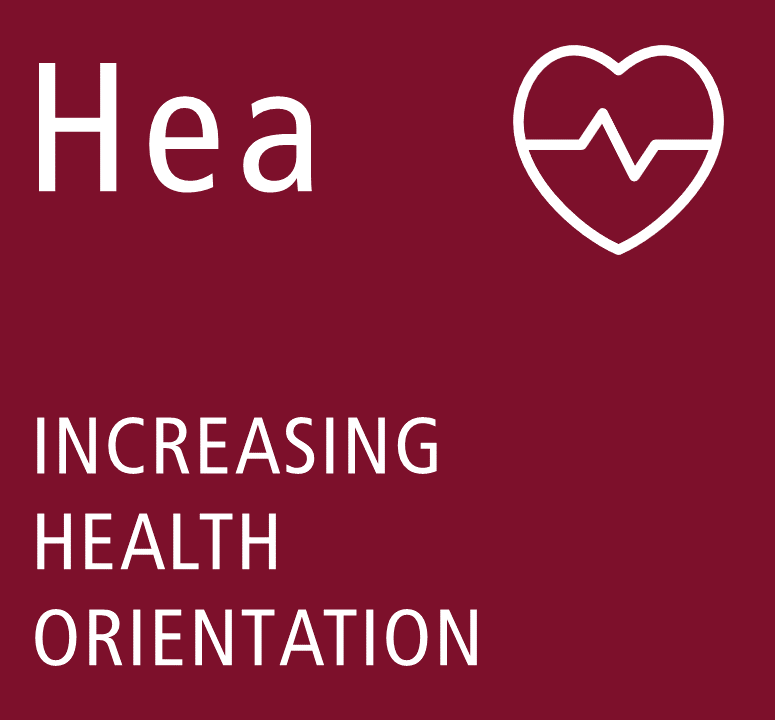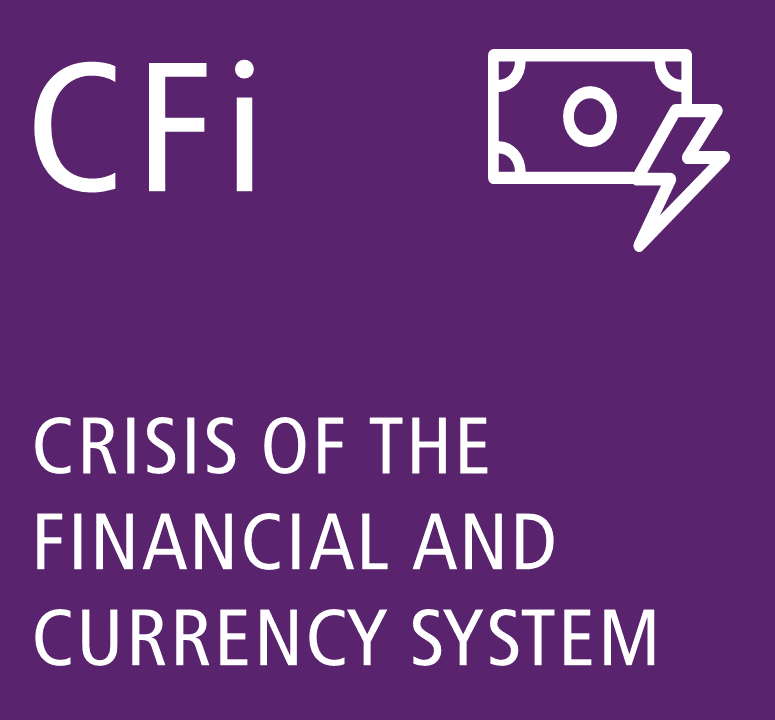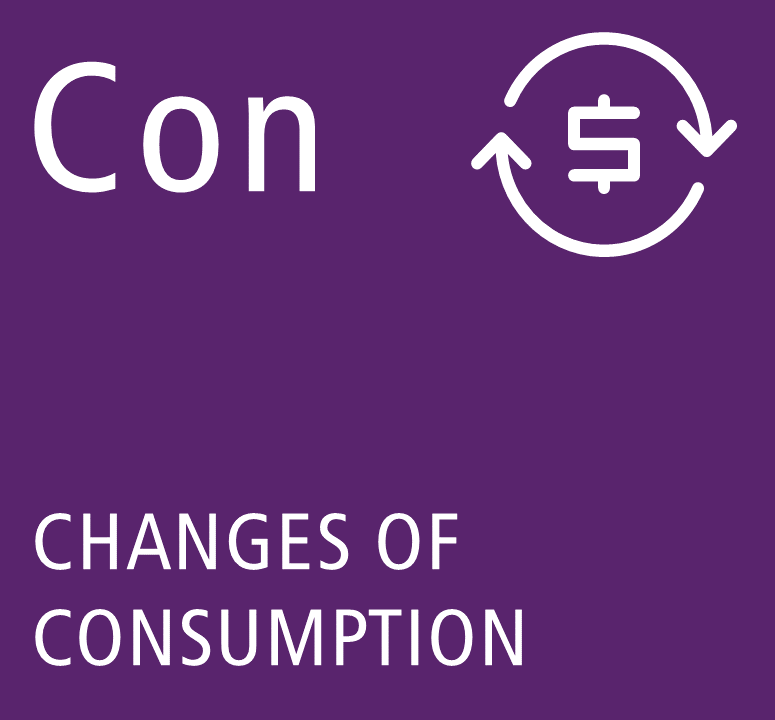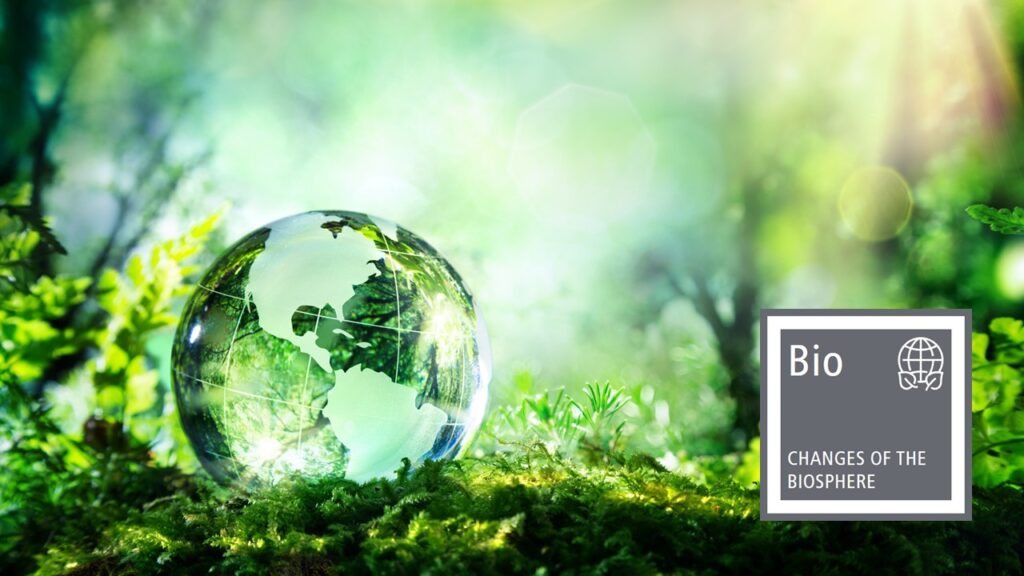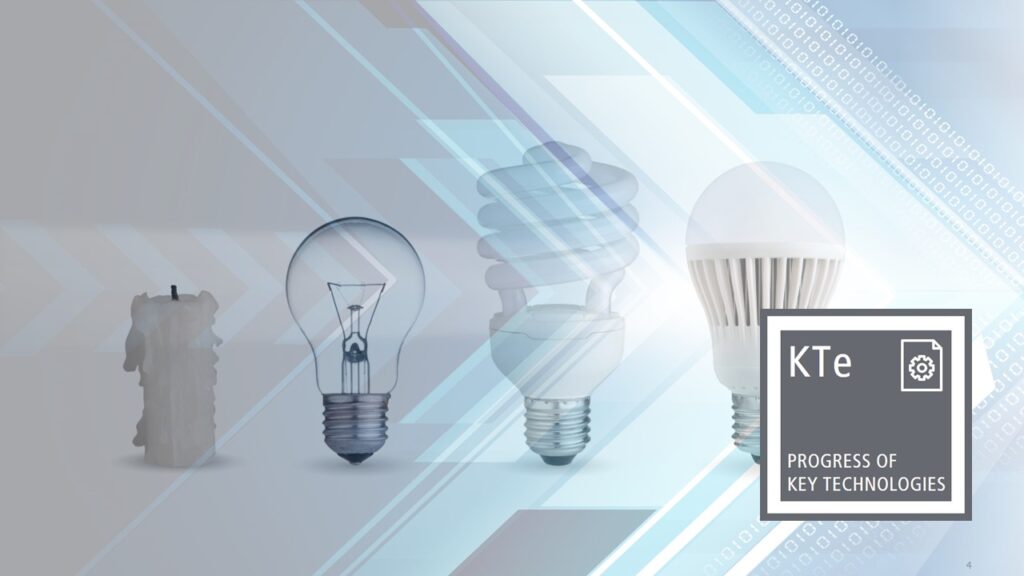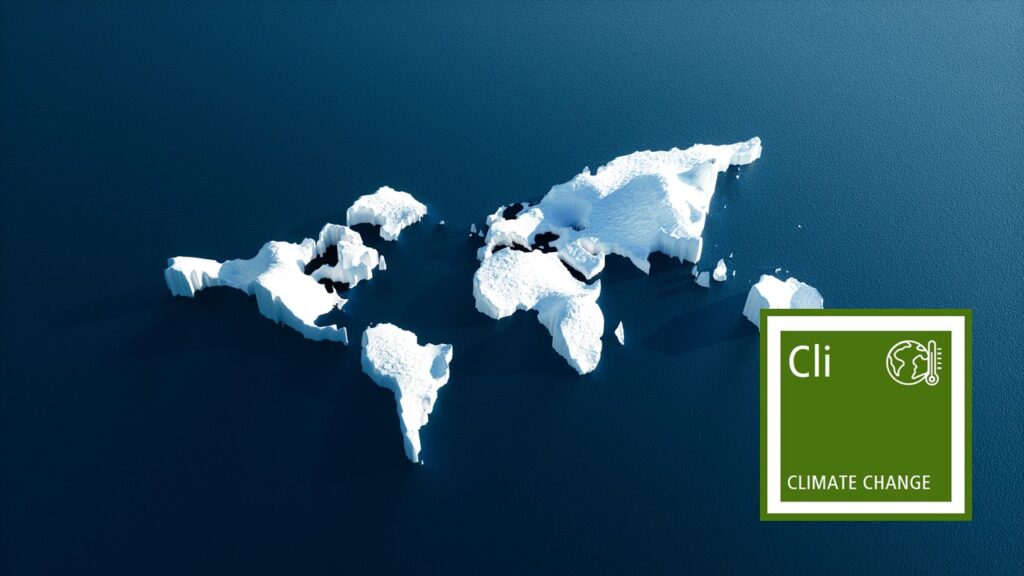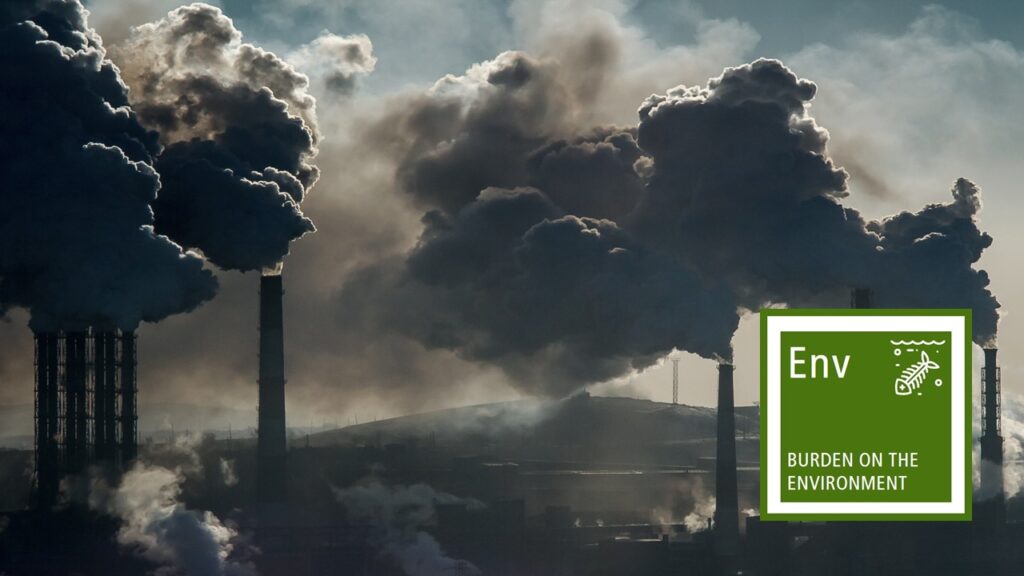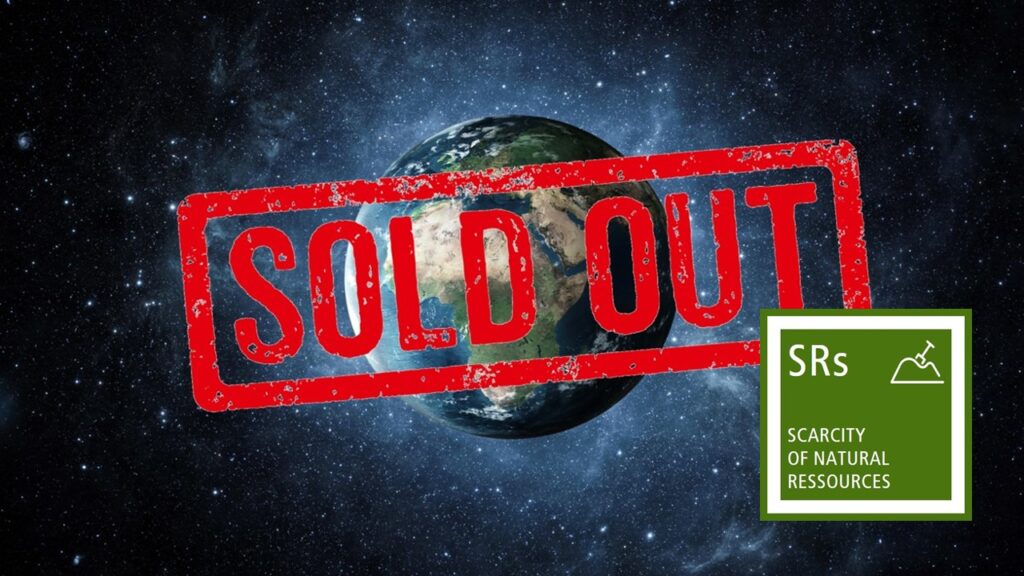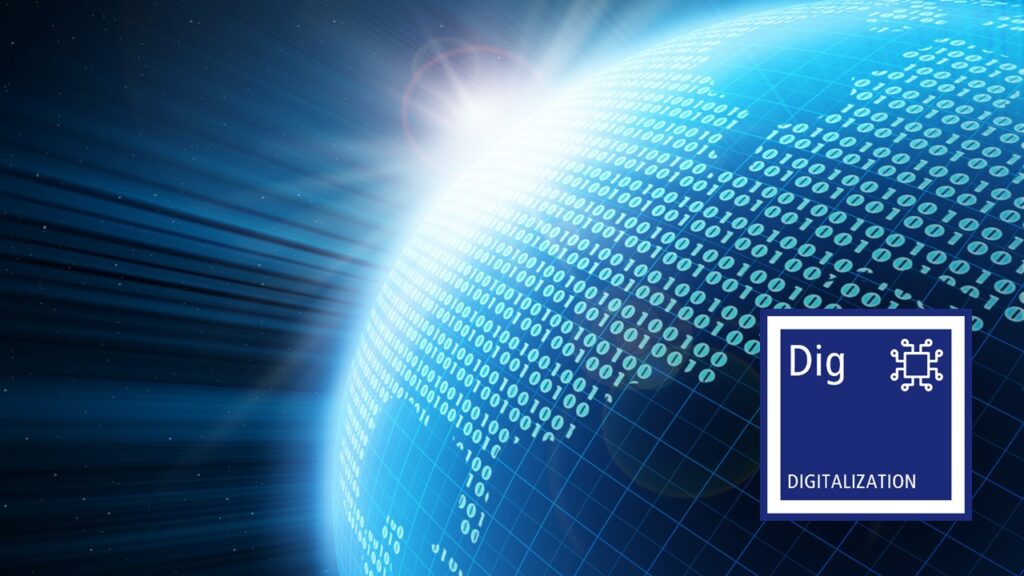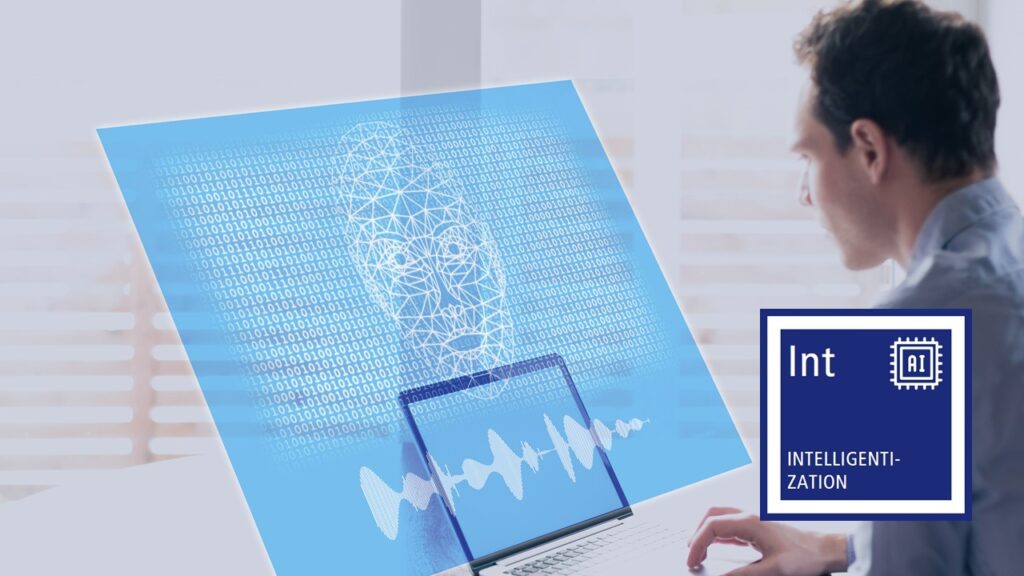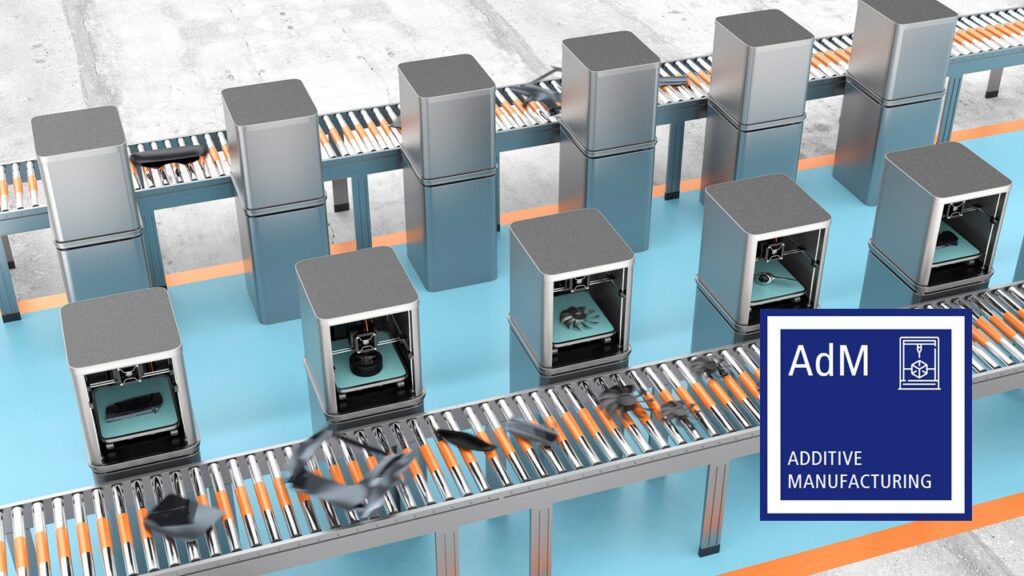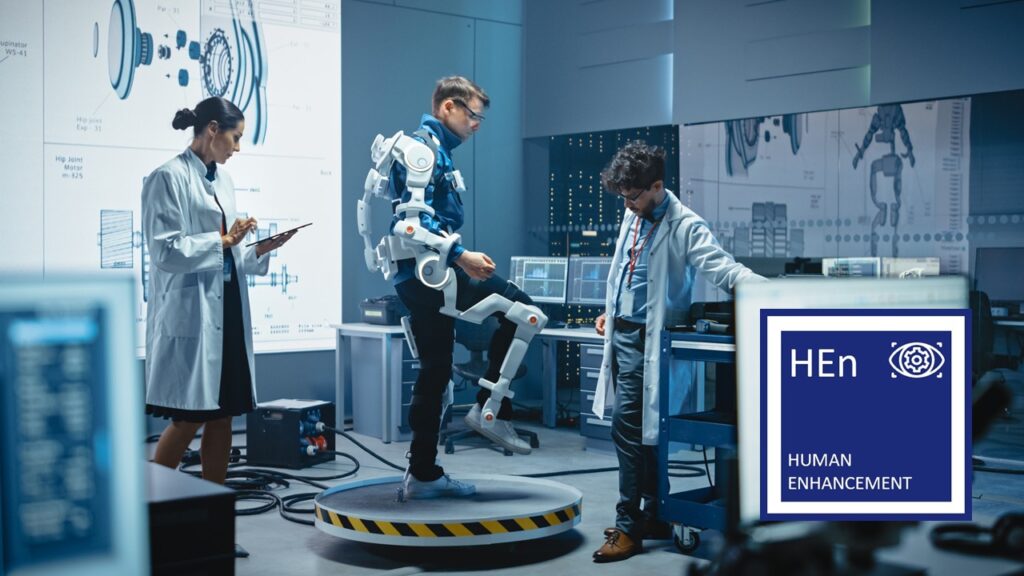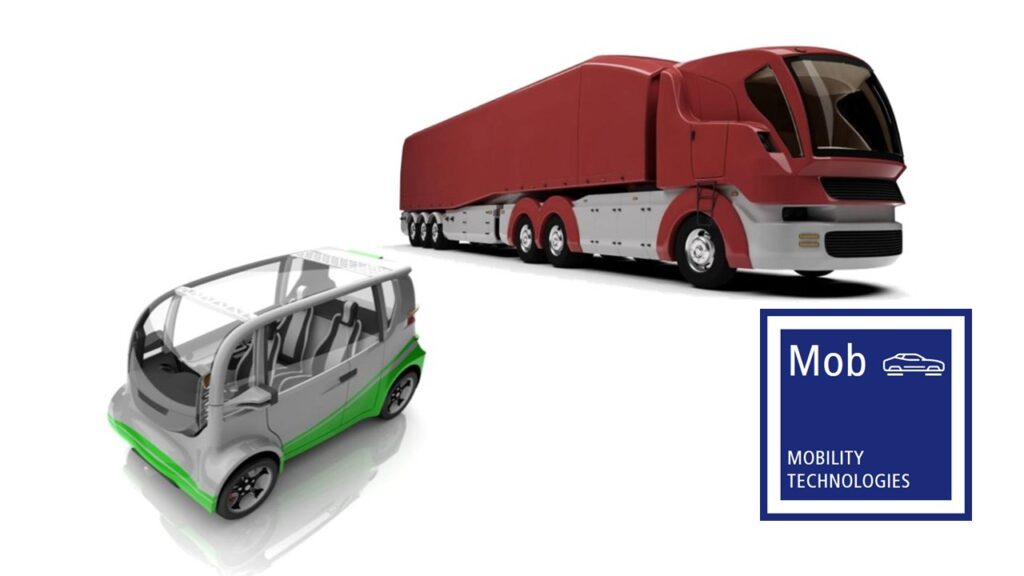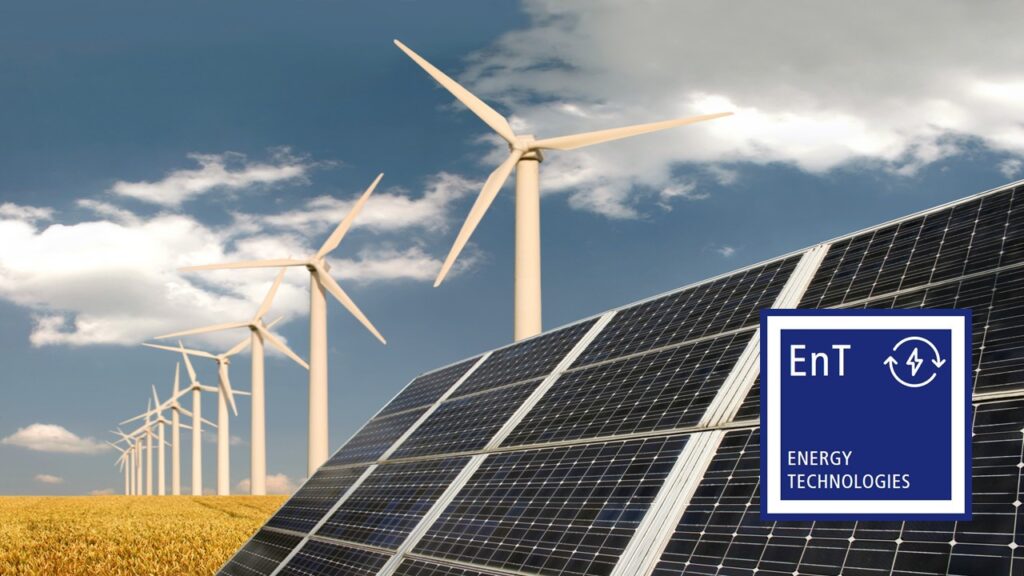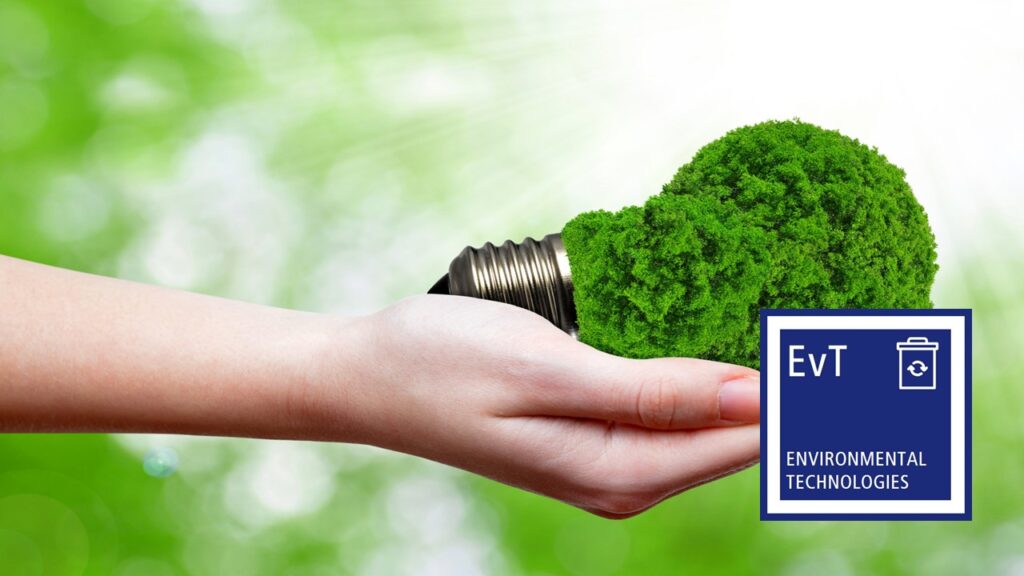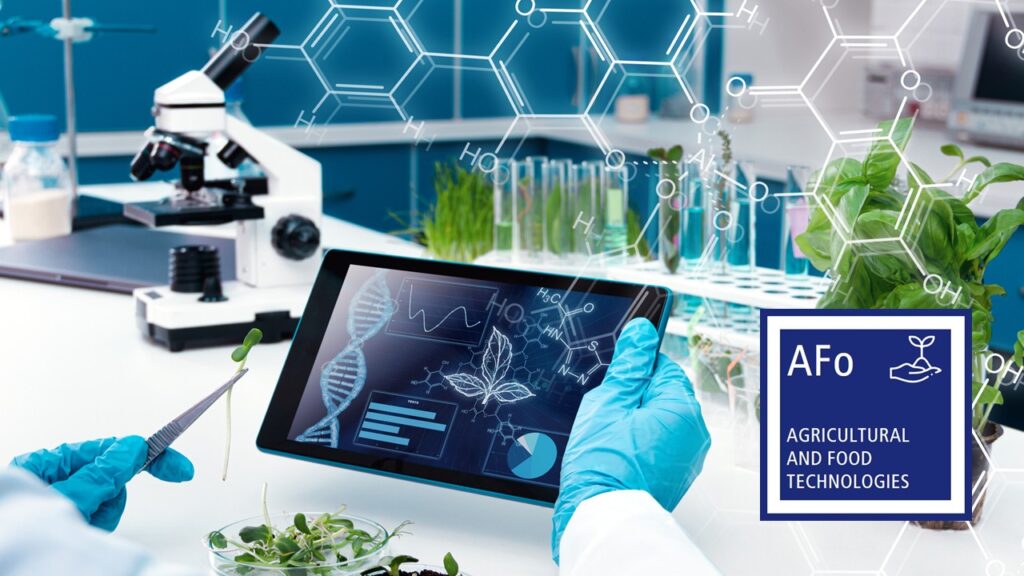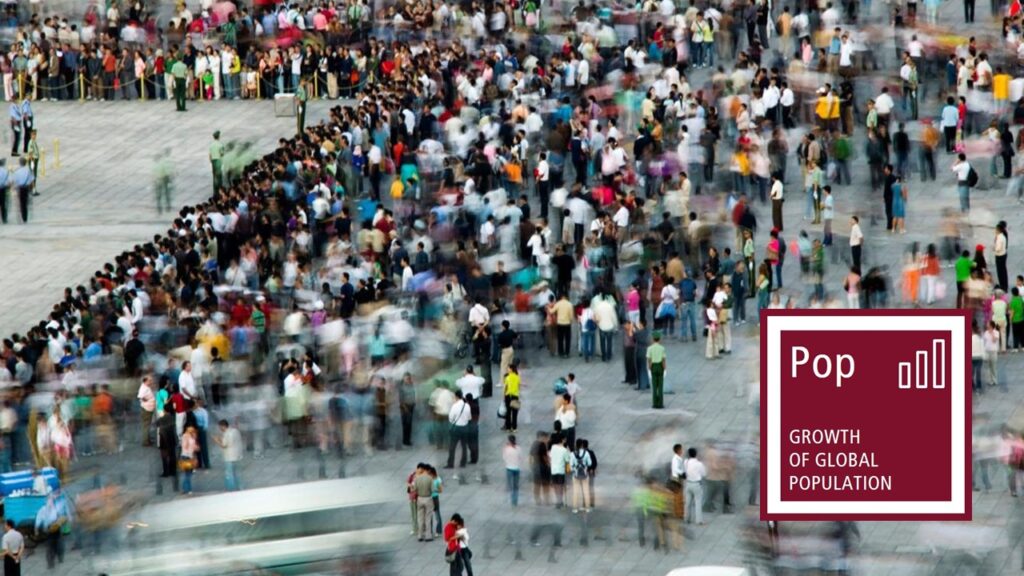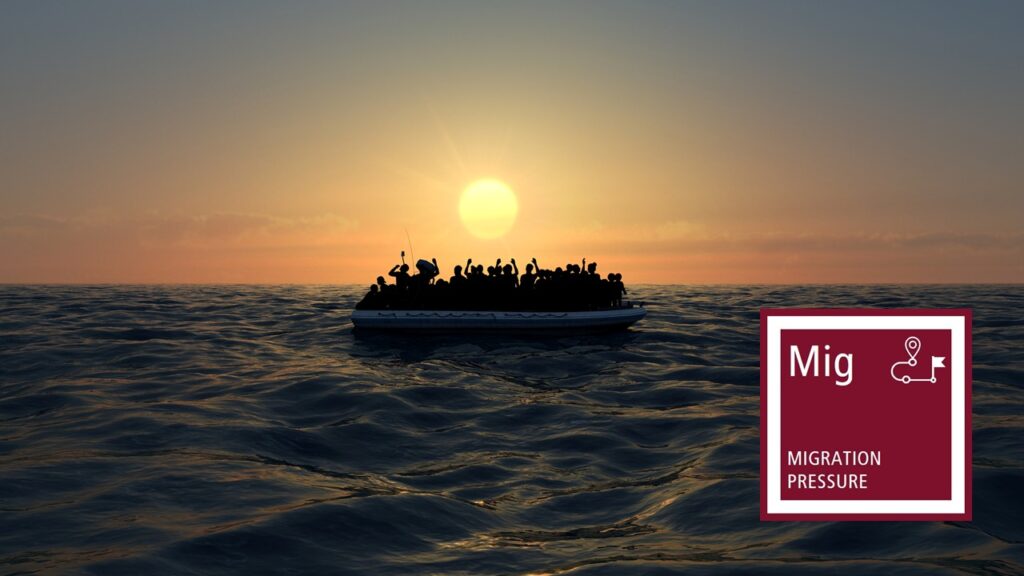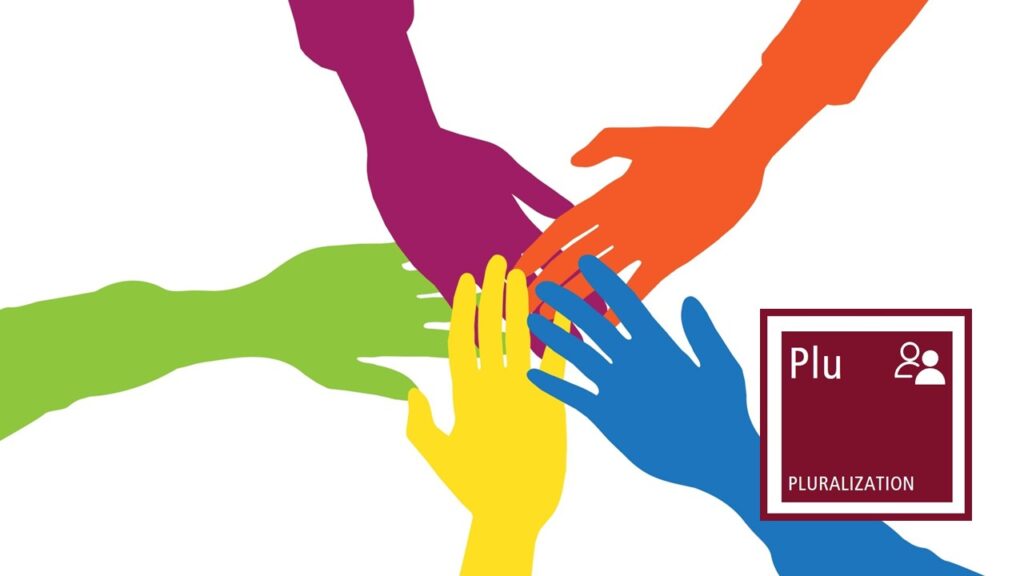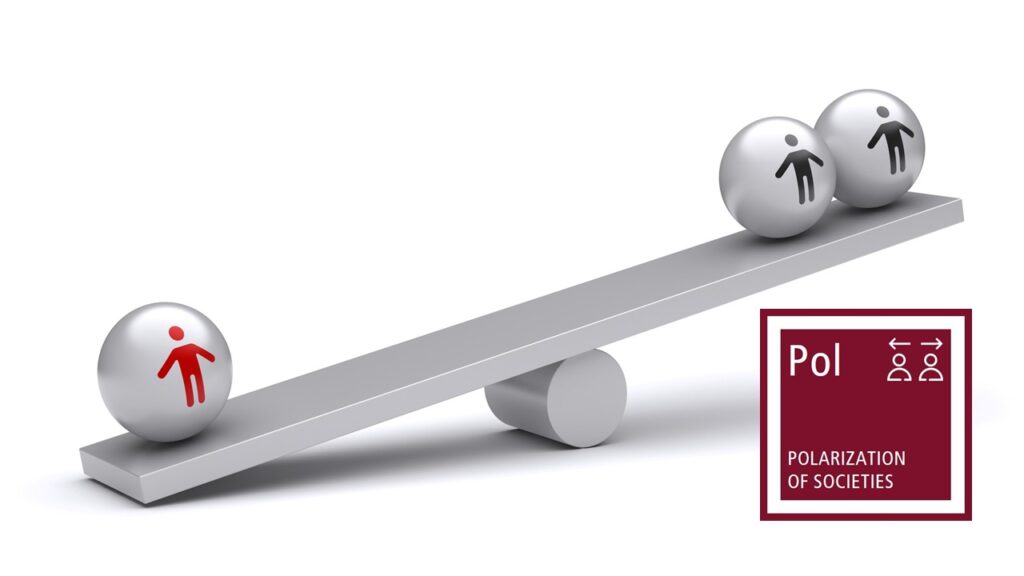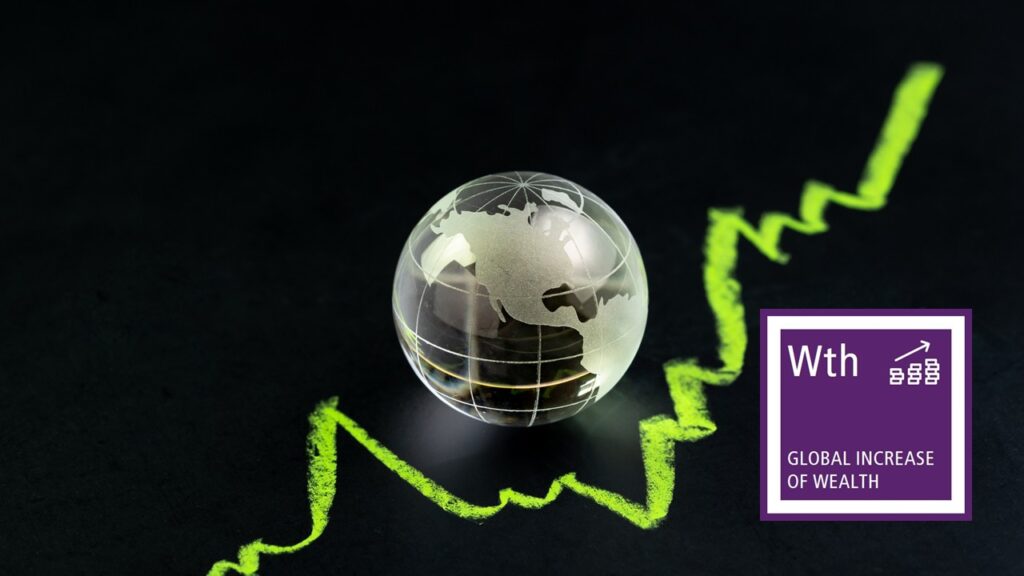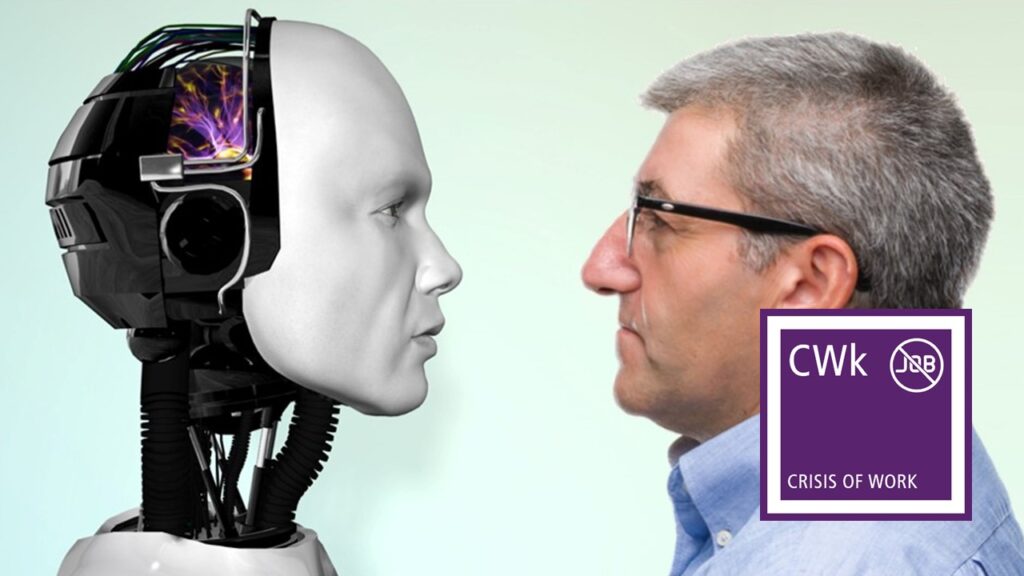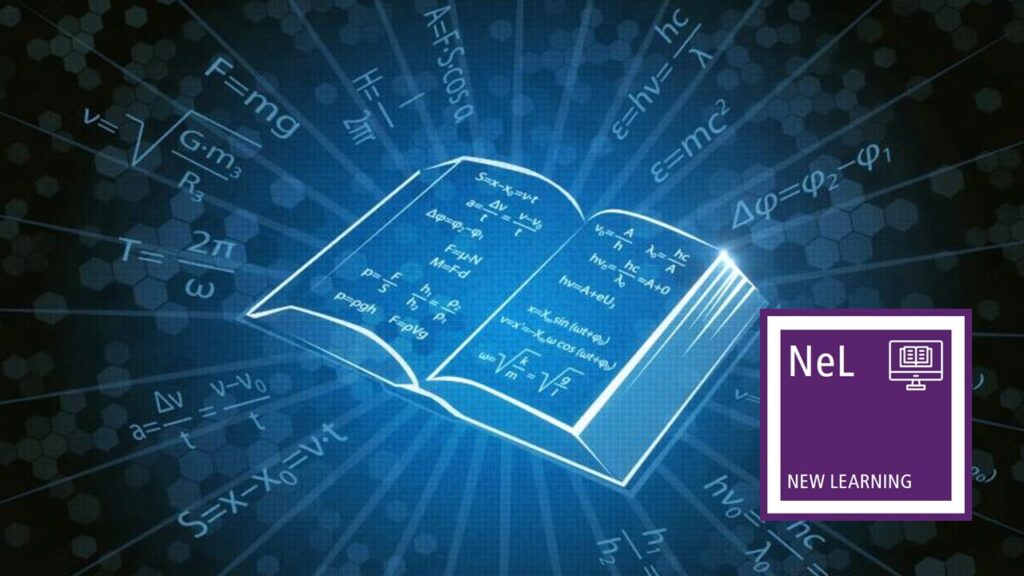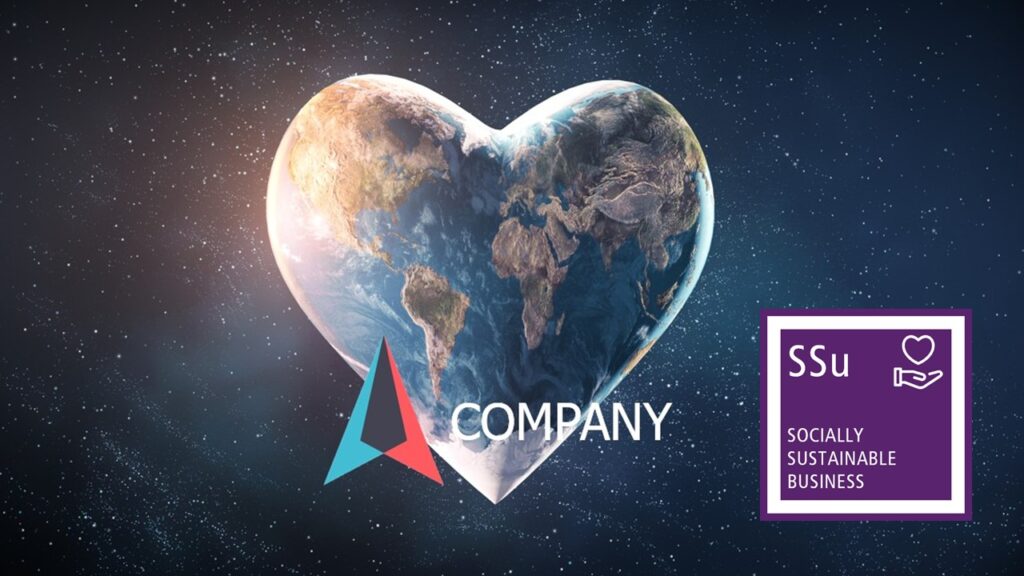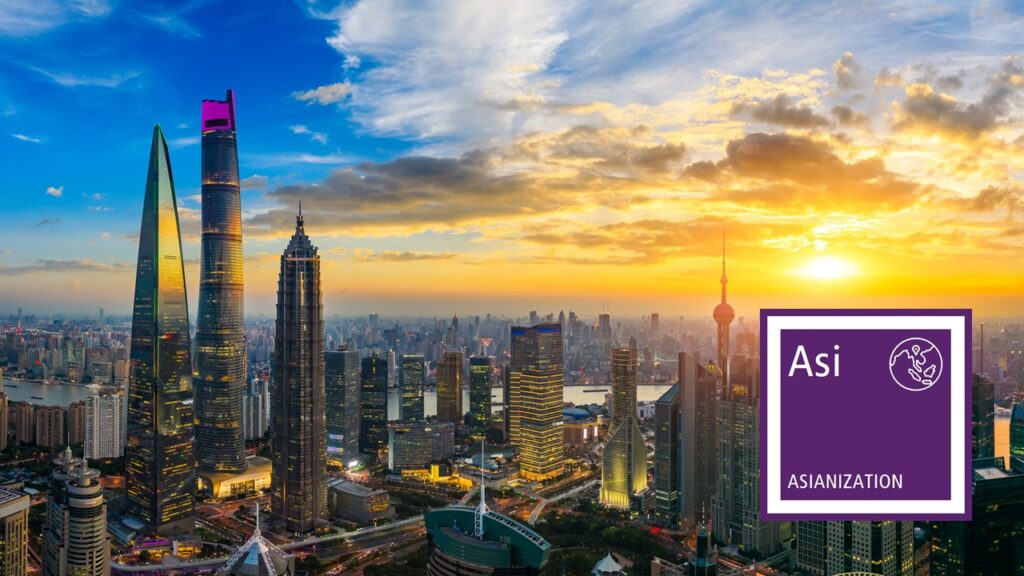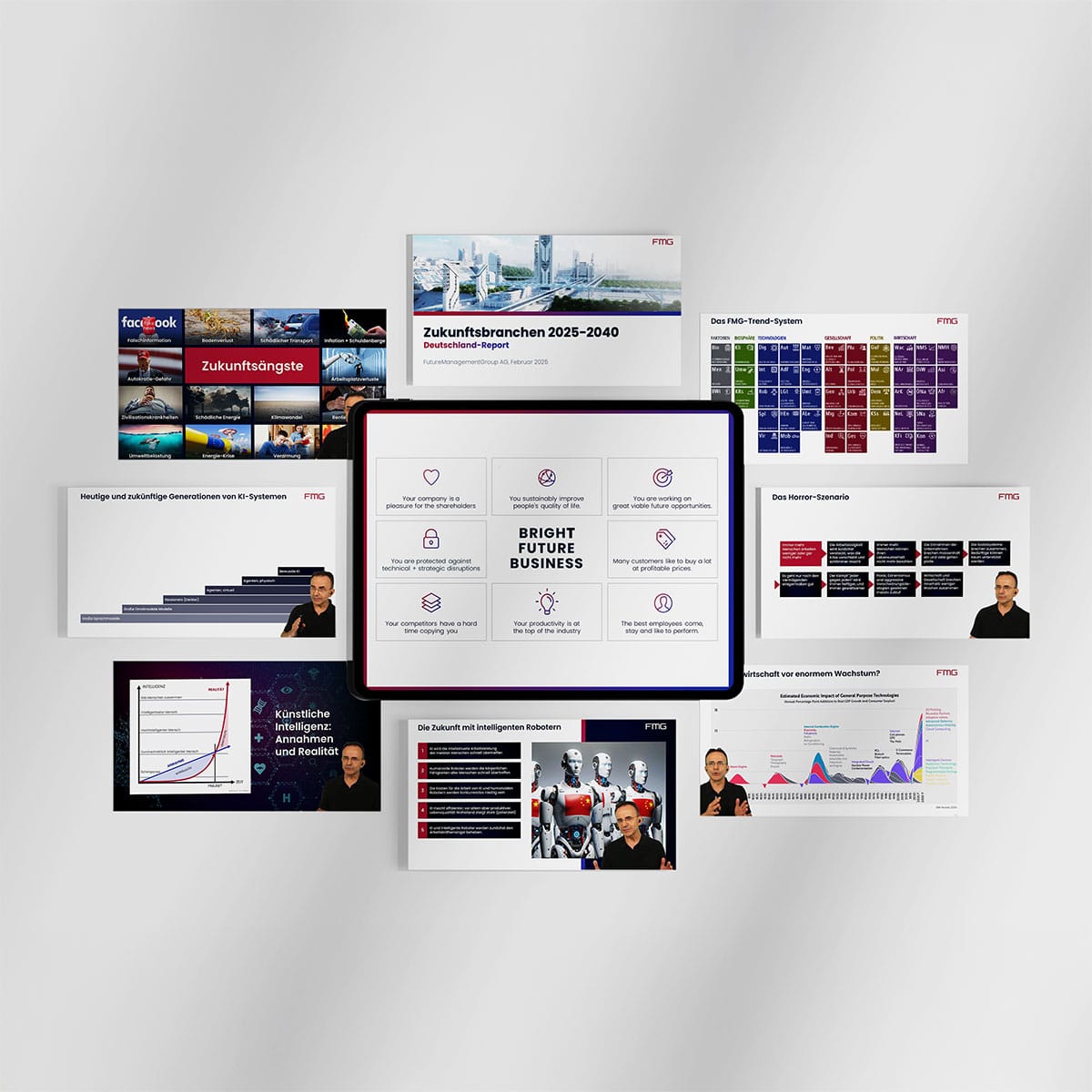The FMG megatrend system
For your future-proof company
What do you have to do with trends and trends with you? You, your company and your profession must be prepared for the changes ahead! What for?
- You protect what you have achieved.
- So your company has a bright future ahead of it.
- You reap success, security and joy in the here and now.
Wouldn’t it be practical if you had an overview of all megatrends? In a sensibly structured trend system? So that you can find your bearings, so that you are on safe ground?
And all this free of charge?
The FutureManagementGroup AG develops future strategies for renowned companies and provides you with all megatrends in a trend system that has been used successfully many times. This makes your job and your business model future-proof and your decisions more future-intelligent!
We present the megatrends like a periodic table of elements. Because the megatrends are the elements that will make up the future of your business, your profession and your life.
You will find a description of all trends here. Download the trend system free of charge as a PDF so that you can align your company with the relevant megatrends!
What megatrends are there?
Many people are aware that focusing on megatrends at an early stage increases entrepreneurial opportunities in future markets immensely. Many entrepreneurs mistakenly believe that megatrends are not relevant in their industry. This is wrong: every megatrend offers huge opportunities in every industry!
Here you can find out which trends and technologies are relevant or will become relevant in the coming years.
We structure the megatrends into areas. So biosphere, technology, society, politics, economy. Upstream of these are the so-called factors, i.e. the drivers that trigger the megatrends in the first place. For example, human nature and its motives, the increase in basic human knowledge and advances in key technologies.
You are currently viewing a placeholder content from YouTube. To access the actual content, click the button below. Please note that doing so will share data with third-party providers.
More InformationThe FMG Trend System
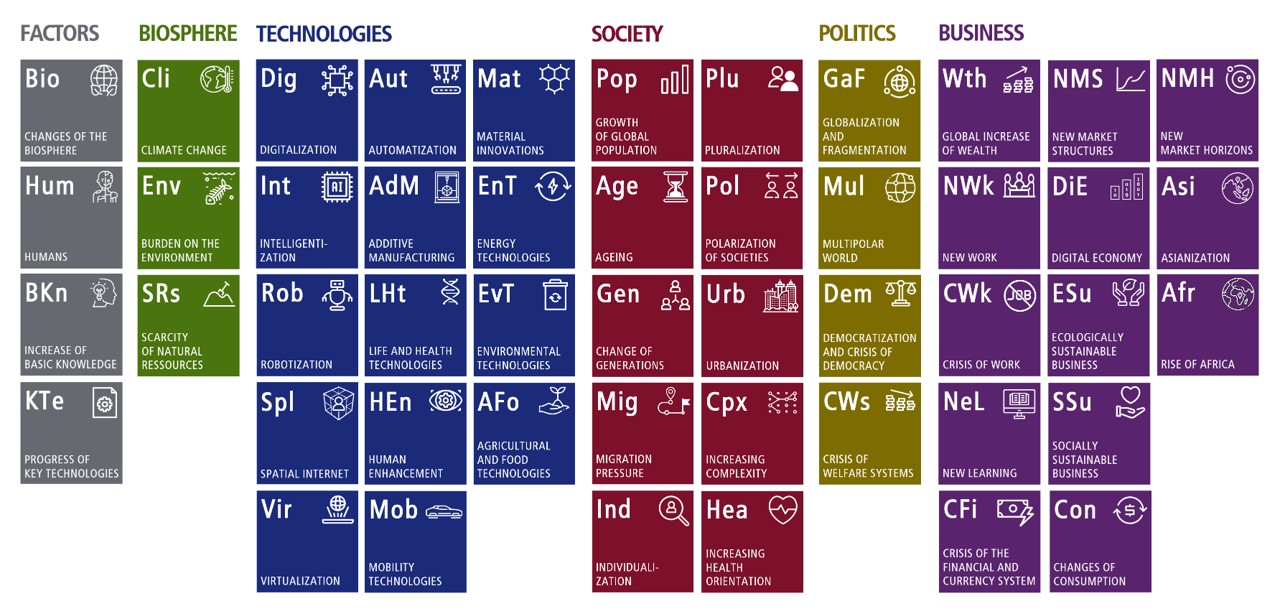
Future factors
Changes of the biosphere
- The biosphere comprises the entire space (land, water, air) of planet Earth in which living organisms occur. Depending on the respective environmental conditions, the diversity of species varies in the different zones and regions of the biosphere.
- The biosphere is not only subject to exogenous influences, such as those caused by humans (keyword: climate change), but also to endogenous changes that arise from within it.
- This makes it an independent factor that is beyond the control of humans, but has a significant influence on their lives and the lives of all organisms.
- Over the course of the Earth’s history, the conditions within the biosphere have changed repeatedly, with a considerable influence on evolution and biodiversity.
- Due to the interaction of feedback processes, even initially small changes can have major effects. Dynamic processes with an influence on the complex biosphere system include, for example, the Earth’s rotation, the Earth’s magnetic field, continental drift, volcanism, ocean currents, jet streams, etc.
Humans
- It is people’s basic motives that drive them to develop ideas, technologies and tools, to do business and to organize themselves into communities and societies.
- Human needs as such do not change fundamentally, but only in their social and individual prioritization. The actual fulfillment of needs is determined by the culture in which people live and by their opportunities, both financially and in other respects. The demand for products and services that address these needs can shift accordingly.
- The existence of basic motives and their genetically rooted pursuit in everyday life qualifies them as driving forces of future change.
- There are different models and classification systems for basic human needs. Basically, they can be divided into physical, psychological and social needs.
Increase of basic knowledge
- Knowledge is the only resource that increases with use. The knowledge available worldwide is thus doubling in ever shorter periods of time. Over ninety percent of the scientists who have ever researched and thought in the history of mankind live in the present age.
- The reasons for the ‘knowledge explosion’ are the ever-increasing degree of specialization in all subject areas, the global networking of different knowledge instances, digitalization and internetization as well as the ever easier access to information and educational content.
- Progress in science is increasingly taking place at the interfaces between disciplines, i.e. on an interdisciplinary basis.
- While the amount of knowledge is exploding, its content is becoming outdated faster and faster.
- Knowledge acquisition can often no longer keep pace with development. Lifelong learning and knowing the right knowledge at the right time are becoming even more critical competitive factors.
Progress in key technologies
- Key technologies make it possible to open up new areas of technology. They are ‘enablers’ for other technologies as well as for future products, solutions and applications in a wide range of disciplines and industries.
- In contrast to basic technologies, their potential for growth and change has not yet been exhausted, meaning that they harbor a potentially high market volume for many sectors of the economy and are the drivers of numerous innovations.
- These include biotechnology, nanotechnology and optical technologies.
- The division of biotechnology, for example, into ‘red’, ‘green’ and ‘white’ illustrates the wide range of applications that characterize key technologies.
- Key enabling technologies give companies the opportunity to position themselves as technology leaders. Countries and regions can increase their competitiveness by promoting key enabling technologies.
Biospheric megatrends
Climate change
- Each of the past three decades has been warmer than any previous decade since 1850.
- Experts attribute global warming mainly to carbon dioxide emissions from the burning of fossil fuels. They are opposed by a few skeptics who deny any human influence on climate change.
- Whether caused by humans alone or by natural factors, global climate change, in particular the warming of the Earth’s atmosphere, is one of the greatest challenges of the 21st century.
- Rising temperatures, rising sea levels, the heating of the oceans and the increase in extreme weather events and natural disasters could trigger humanitarian crises of unimagined proportions.
- The consequences of climate change threaten to severely impact economic growth and prosperity for decades to come. Climate protection and climate policy will continue to gain in importance.
Burden on the environment
- Environmental pollution is one of the biggest problems facing mankind, and tackling it is one of the key challenges of the 21st century.
- The main drivers of increased environmental pollution are the growing world population, urbanization, rising energy demand, agriculture, ever-increasing traffic volumes and industrial production.
- The increasing pollution of the environment with waste and pollutants not only has a catastrophic impact on the entire ecosystem and the survival of mankind, it also causes immense economic damage.
- Health threats, political risks and environmental disputes caused by the struggle for ever scarcer resources will increase.
- Stricter national and supranational environmental legislation is to be expected.
Scarcity of natural resources
- The consumption of natural resources is increasing as the world’s population continues to grow and the level of prosperity rises.
- At the same time, important habitats for plants and animals are being destroyed: biodiversity, a potentially inexhaustible reservoir of resources, is declining.
- Rising demand for food, energy and consumer goods coupled with the scarcity, inaccessibility or finite nature of resources could soon lead to bottlenecks or price spikes for some resources, such as crude oil or high-tech metals.
- The shortage of drinking water and food will increase the risk of distribution conflicts over land and water in some regions.
- Raw material efficiency, alternatives and innovations are becoming increasingly important.
Technological megatrends
Digitalization
- The number of internet users worldwide is growing rapidly. The internet and digital media are now significantly shaping the way we communicate and obtain information.
- Increasingly powerful devices and faster data transmission systems continue to drive the economic performance of many nations.
- In the future, more and more objects will be equipped with ‘intelligence’. The Internet of Things will not only shape our private and working environments, but will also trigger the fourth industrial revolution.
- Digitalization forms the basis for numerous disruptive technologies and innovative business models.
- To ensure that Moore’s Law, according to which the number of circuit components on a computer chip doubles every 18 months, remains valid in the future, scientists around the world are already working on technologies for the post-silicon era.
Intelligentization
- Technological innovations are making devices, machines and systems increasingly intelligent. Everything is becoming smart – from the factory to the car to the home.
- The prerequisite for this is progress in the field of artificial intelligence and sensor technology. While AI is effectively the brain of intelligent systems, sensors take over machine sensory functions.
- Such systems are capable of recognizing patterns and discovering correlations, drawing their own conclusions, acting autonomously and learning continuously.
- Increasingly, they are also able to recognize, interpret and process human emotions and respond to them appropriately with ‘digital empathy’.
- Truth technologies use artificial intelligence to check the authenticity of information and detect manipulation or deepfakes.
- Artificially intelligent machines can already do everything better than humans, or will soon be able to do so. This leads to greater efficiency, safety and comfort.
- This offers numerous opportunities for companies in almost all sectors. However, the world of work is facing major challenges.
Robotization
- Robotization is progressing. Today, industrial robots perform monotonous work processes faster and much more precisely than humans and can replace them in more and more areas. Production is becoming cheaper.
- Technological advances mean that robots are increasingly able to perform complex tasks.
- Cobots open up completely new forms of collaboration. In contrast to traditional industrial robots, they are designed to work with people in teams and learn independently, for example by imitation.
- The market for service robots, on the other hand, is still in its infancy. Household robots will make our everyday lives easier in the future. They will look more human-like and react more intelligently.
- Other important areas of application are the use of robot technology in space, in medicine and care or for military purposes.
Spatial Internet
- The Spatial Internet refers to a computer atmosphere that exists in a 3D space, i.e. a combination of real and digital or virtual realities.
- The basis for the Spatial Internet is formed by billions of devices and sensors connected to a high-performance Internet and networked with each other, which make it possible to digitally capture or expand reality in real time.
- This makes it possible to create a twin of physical reality in a virtual space and bring the digital world into the real world.
- AI, IoT, blockchain, sensor technology, data glasses, edge computing, robotics and 5G are key technologies that are driving the merging of the internet with reality.
- Objects are given an additional dimension. Products can thus be linked with new types of services.
- The Spatial Internet will become the operating system of life.
Virtualization
- Virtualization enables the creation of artificial, immaterial environments.
- Although these are not physical, they are present in terms of their effect or functionality.
- Consumer spending on entertainment and media content will continue to shift from the physical to the digital world.
- Virtual collaborations are becoming increasingly important.
- The main drivers of this development are increasing computer performance, internetization and more powerful data transmission systems.
- In a few years’ time, augmented and virtual reality applications could be as commonplace in the private, industrial and commercial sectors as the internet is today.
- In the future, the Metaverse could develop into a central living and working space.
Automatization
- Automation technologies are changing working and living environments with far-reaching consequences for the organization of companies, the level of employment in industry and everyday life. More and more critical or monotonous processes are being automated.
- Sensors and actuators (adaptronics), together with digitalization, enable and facilitate the monitoring and control of almost all processes. Different technical devices can automatically exchange data with each other via machine-to-machine communication.
- The proportion of jobs requiring a medium to high level of qualification is increasing.
- Automation solutions are also becoming increasingly important in the service sector.
- More and more people are concerned about the future of work. There is a lack of clarity about the relationship between jobs lost and new jobs created by automation technologies.
Additive manufacturing
- In additive manufacturing processes, an object is created by adding material, usually on the basis of a 3D CAD file. Additive manufacturing (or generative manufacturing) is becoming increasingly important. Additive manufacturing includes not only 3D printing (material extrusion), but also laser beam melting, for example, in which a powdered material is melted layer by layer to form a specific shape.
- Today, such manufacturing processes are primarily used in areas where small quantities, complex geometries and a high degree of customization are required. Areas of application include the automotive industry, toolmaking, medical technology and aerospace.
- Material and process innovations as well as falling costs mean that additive manufacturing is increasingly becoming a standard in series production.
- In the long term, intelligent software and mass-produced 3D printers will make it possible for everyone to design and produce products themselves at home.
- 4D printing will take time into account as a fourth dimension, meaning that the printed objects can still change their shape after completion using a trigger.
Life and health technologies
- Life and health technologies are among the largest and most important fields of research of our time. Technological innovations not only make it possible to detect illnesses at an ever earlier stage and treat them more effectively, but also to prevent them from occurring in the first place. The ergonomic design of living and working environments is becoming increasingly important.
- Neuroscience, biotechnology and genetic engineering have enormous development potential and open the door to better and more personalized medicine. Information and communication technologies (e-health) also enable quality improvements.
- Advances in medicine will not only help us to live much healthier lives in the future, even in old age, but could also drastically increase our life expectancy, assuming significant breakthroughs are made.
- At the same time, in future people will increasingly want to maintain or optimize their own performance with the help of technology, over and above what is medically necessary.
Human enhancement
- Using machines, computers and other technical devices is part of everyday life today. Generations X, Y and Z in particular are familiar with the operation and application possibilities of new technologies.
- The requirements profile for devices is constantly changing. Devices with a high level of usability have decisive market advantages. Intuitive operation and the minimization of sources of error at the human-machine interface increase user acceptance.
- In the medium to long term, humans and machines could merge. New insights are being provided by computer science, neuroscience, cognitive research and psychology, for example.
- However, it is not only machines and interfaces that will help people to continually overcome performance limits and redefine what is possible. Numerous technologies have the potential to expand and improve people’s physical and mental abilities.
- Ever more powerful intervention options are available: In the 21st century, mankind could make the biggest evolutionary leap in its history – and ‘program’ the corresponding upgrade itself.
Mobility technologies
- Mobility will continue to increase significantly worldwide in the coming decades.
- Globalization, greater flexibility and sustained economic growth in the emerging markets are the main drivers of this development, along with changing leisure and travel needs.
- Growing passenger and freight traffic will pose considerable challenges for logistics and transport infrastructures.
- Intelligent, alternative and ecologically sustainable transportation systems and vehicle technologies are becoming increasingly important. Electromobility, for example, will grow strongly over the next one to two decades. New and more powerful batteries and falling prices will make electric vehicles increasingly attractive. Innovative driver assistance systems are already paving the way for automated driving.
- In large cities in particular, there is a shift away from owning a vehicle and towards using various mobility services.
Material innovations
- New materials are important drivers of innovation in almost all branches of industry.
- Their development is based on biotechnological and nanotechnological processes, among other things. Bionics also has an important influence.
- Artificial intelligence accelerates the development process of new materials and enables precise predictions of their properties.
- The demand for innovative materials is high. For example, lightweight materials are increasingly being used in automotive construction, while insulating materials are improving the energy efficiency of buildings in the construction industry.
- New materials will be more durable, harder, more flexible, biocompatible, biodegradable, intelligent, self-cleaning, self-healing and so on. In short, they will have every conceivable and desirable property.
- Due to the growing demand for material resources, the recycling of materials is becoming increasingly important. Innovations in materials science form the basis for this.
Energy technologies
- The growing global consumption of increasingly scarce fossil fuels and the associated ecological and geopolitical problems – 65 percent of the world’s oil reserves are located in the Middle East – make the search for alternative energy sources ever more necessary.
- The most important alternative energies include solar, bio, wind and hydro energy as well as geothermal energy. Conveniently located countries will specialize in renewable
energies. - Energy harvesting systems that generate energy from everyday sources such as temperature and pressure differences, air currents, mechanical movements or vibrations are opening up new potential.
- The targeted use of energy-saving technologies is becoming an increasingly important tool for conserving resources and protecting the environment.
- Smart grids enable greater economic efficiency, sustainability and grid stability.
- With the help of new and more powerful energy storage systems, fluctuations in renewable and decentralized energy generation can be better balanced out in the future.
Environmental technologies
- Environmental protection has long since established itself as an important economic factor. Environmental technologies have a great future ahead of them. The sector is characterized by high R&D intensity.
- Environmental protection aspects are increasingly being incorporated into the development of products and processes. Natural resources are used efficiently throughout the entire product life cycle and harmful environmental impacts are minimized. The aim is to decouple economic growth from the use of natural resources.
- While numerous industries are gradually becoming greener through technological innovations, environmental technologies in the narrower sense refer to processes that directly solve an environmental problem.
- For example, water-saving and treatment technologies, innovative disposal concepts and recycling processes (circular economy) as well as emission technologies that pave the way to a lower-carbon or even carbon-free economy (decarbonization) are used.
- Environmental technology innovations open up numerous opportunities for companies. The ‘green economy’ is a fast-growing market of the future. The number of jobs in environmentally relevant markets will continue to rise.
Agricultural and food technologies
- Agricultural and food technology focuses on new methods of producing, processing and distributing food on the basis of scientific, technical, economic, ecological and social findings.
- A major challenge of the 21st century is how to supply the world’s growing population with sufficient food.
- As urbanization progresses, valuable arable land is being destroyed worldwide. In the future, however, cities in particular will offer the potential for agricultural innovation.
- At the same time, climate change, water scarcity and energy problems are presenting the agricultural sector and food production with new problems that require innovative solutions, for example in the field of biotechnology and genetic engineering or intelligent automation processes in agriculture.
- In industrialized nations, keeping food fresh and quality assurance will also play an increasingly important role in the future.
- New technologies and changing consumer demands are constantly leading to food innovations.
Social megatrends
Growth of global population
- As a scientific discipline, demography uses statistics to record birth rates, mortality rates and migration flows, among other things. All of these parameters have an impact on population growth.
- Due to various cultural, political and economic influences, at least one of the values usually varies: regional, national and international population structures are subject to constant change. Target groups have to be redefined and market volumes recalculated.
- While many developed countries are experiencing a decline in birth rates and ageing societies, developing countries are seeing moderate to rapid population growth.
- Growth also varies within countries or regions; for example, the trend towards urbanization can lead to a regional population decline in rural areas.
- Overall, the growing population presents the global community with major challenges, for example in ensuring secure access to water, food, energy, etc. in the future.
Ageing
- Life expectancy is rising continuously in most regions of the world. The proportion of older sections of the population is growing accordingly.
- This applies in particular to the industrialized countries, which are facing a historically unprecedented ageing process. The population pyramid is turning upside down and becoming a spindle.
- In Asia, Latin America, the Caribbean, the Middle East and North Africa, the proportion of older people will also rise sharply.
- The old-age dependency ratio (the ratio of working people to pensioners) will fall worldwide from 6:1 today to 4:1 in 2050, a development that poses major challenges for many societies. Working life and retirement age will increase.
- Social images of old age are changing. The needs of senior citizens are becoming an increasingly important future market – and are also gaining importance in politics.
Change of generations
- The baby boomers are retiring, Generation X and Y are dominating the labor market and Generation Z is just entering the workforce.
- Each (successor) generation was raised and socialized differently, grew up with different media (analogue and/or digital) and brings its own values, worldviews and desires, which manifest themselves in different lifestyles and expectations of society, politics, companies and employers.
- While the older generations still focused on the desire to improve their own lives materially, the younger generations want above all to optimize themselves and make the world a better place. Environmental, peace and human rights activism are on the rise.
- The change of generations also harbors potential for conflict, as the concerns of younger people in ageing societies are often not acceptable to the majority. Areas of conflict here include the reform of the pension system, the climate crisis and energy transition, as well as cultural diversity and sexual identity.
Migration pressure
- Migration is determined by economic, political, demographic and other factors.
- Over the last two decades, the number of international migrants has increased in all regions of the world. Around one in ten migrants is a refugee.
- One cause that is likely to further increase migration pressure in the coming years and decades is climate change. Droughts, floods and other consequences of global warming could cause the number of climate refugees to skyrocket.
- For the wealthier countries in particular, flight and migration are becoming a growing challenge – both politically and socially. Two thirds of all migrants live in just 20 countries. The frontrunners are the USA and Germany, which account for almost a quarter of all migrants.
- The flow of migrants is becoming a stress test for the EU, as the willingness to accept migrants varies greatly between member states. Growing migration is also leading to tensions between states and polarization within societies: Welcome culture vs. isolation.
Individualization
- Since the Enlightenment, an individualistic view of humanity has been part of the normative self-image of Western societies.
- Over the last few decades, individualization has become even more pronounced, as the importance of values of duty and acceptance is declining, while that of values of self-development is growing.
- Expressions of individualization are the unbroken trend towards one-person households in cities and the high divorce rates.
- Individualistic lifestyles will continue to become more differentiated. Freedom and self-realization will remain important personal and social leitmotifs in the future.
- In the ‘me society’, the individual has the need to be able to access customized, individual products and services. Digital self-presentation and self-presentation, especially in social media, is increasingly complementing individual lifestyle design in real life.
- Despite the constant search for something special, individuals do not want to lose touch with the mainstream in certain areas.
Pluralization
- In the second half of the 20th century, a process of social differentiation began in Western democracies that continues to this day.
- Free development opportunities and the coexistence of different interests and lifestyles are an essential feature of pluralistic societies.
- In addition to the modern nuclear family, which has replaced the traditional extended family, there are many different family forms today, such as patchwork families, intercultural families and same-sex partnerships.
- The emancipation of women has made the traditional division of roles between men and women less important, a development that will continue with the growing participation of women in working life.
- Interculturalization has a major influence on the pluralization of societies. Globalization and (labour) migration will further strengthen this trend.
Polarization of societies
- In the last 25 years, the number of people living in extreme poverty worldwide has fallen by around one billion. Although around 700 million people still live in extreme poverty today, some of them will also join the global middle class in the coming decades.
- While poverty is declining worldwide and some emerging countries are catching up with the wealthier industrialized nations, the gap between rich and poor is widening in most countries.
- The wealth of the rich is growing and the wages of high earners are rising at an above-average rate. At the same time, the income situation of many employees at the lower end of the middle class is deteriorating, while low-skilled workers are increasingly at risk of unemployment.
- Political culture is also increasingly characterized by polarization. Ideological camps – from radical ‘political correctness’ on the one hand to positions outside of democratic values on the other – are increasingly narrowing the horizons of questions and harboring the potential for social conflict.
Urbanization
- While less than a third of the world’s population lived in cities in 1950, today it is more than half. By 2050, two thirds of the world’s population will live in cities.
- The majority of consumption growth will take place in cities.
- Megacities will also grow rapidly – in number, size and density. They are the hotly contested arenas of globalization.
- High levels of investment are needed to cope with the high population density and increasing traffic volumes. Otherwise, many cities are threatened with collapse.
- Ongoing urbanization will further exacerbate many ecological and social problems. Urban development based on ecological and social sustainability criteria is becoming increasingly important.
- Cities will be exposed to a greater variety of risks, including natural disasters, terrorism and rapidly evolving cyber threats as they transform into ‘smart cities’.
Increasing complexity
- The complexity created by the interaction of many trends and factors has itself become a powerful factor for the future.
- Complexity is the result of the interaction of dynamic and open sociological and ecological systems.
- It is becoming more difficult to assess issues in which individuals are not experts themselves. In such areas, the need for professional advice is increasing.
- In the future, artificial intelligence will increasingly support people in making decisions and solving complex problems.
- Due to increasing complexity, the longing for simplicity, stability and an overview is growing. Deceleration, mindfulness and spiritualization are becoming increasingly important as counter-trends.
- Products and services that are quick and easy to understand can often offer a competitive advantage.
Increasing health orientation
- The pressure on individuals to adapt and change is high today. The growing variety of options, the explosion of information and knowledge, increasing complexity and the trend towards acceleration in working life and everyday life are challenging and overwhelming more and more people.
- Dissatisfaction, stress and burnout often arise. Subjectively perceived lack of time leads to malnutrition, overeating and lack of exercise. Civilization diseases such as diabetes or cardiovascular diseases are on the rise, as are mental illnesses.
- Interest in health-promoting lifestyles and behaviors is growing accordingly. People are increasingly shaping their living environment, diet, attitude and lifestyle habits in a healthier way and thus following the knowledge of being healthy.
- Salutogenesis provides the necessary knowledge about being healthy. It is the opposite of disease-oriented conventional medicine, pathogenesis, and looks at the causes of good health.
Political megatrends
Globalization and fragmentation
- The liberalization of world trade and technological progress have led to an enormous increase and acceleration in the movement of goods, international mobility and communication around the globe.
- More and more emerging countries are being integrated into the global economy. Societies are becoming more open and multicultural, even if in some regions there is an increasing return to national identities and movements critical of migration.
- The integration of national economies into overarching structures can be observed in all regions of the world.
- Globalization and integration processes are mutually dependent, but sometimes exhibit paradoxical interactions. Thus, integration processes can be shaped both as a driver of globalization and as a reaction to it and in the opposite direction.
- The division of the global economy into regional or national blocs, often along geopolitical lines, leads to a fragmentation of globalization.
- Protectionism, regionalization, friendshoring and the development of new and alternative supply chains are the result.
Multipolar world
- The term ‘multipolar world’ describes a new world order that is no longer characterized by one or two world powers, but by several centers of power.
- While the United States of America is losing relative power and influence, the economic and political importance of other countries has grown and continues to grow in the course of globalization.
- China is not only in the process of establishing itself as the leading economic nation of the 21st century, but is also increasingly gaining (geo-) political influence.
- Systemic competition between the USA and China is becoming increasingly apparent. Europe and Russia are becoming less important in comparison, but remain influential forces.
- India, one of the fastest growing economies in the world, is increasingly gaining global influence. Other future heavyweights are Brazil, Mexico and Indonesia.
- The balancing of the new balance of power harbors opportunities and risks as a process of upheaval. Strengthening international law and international institutions is becoming increasingly important.
Democratization and crisis of democracy
- While the 20th century was characterized by a strong process of democratization, which received a significant boost with the end of the Cold War in particular, this gradually faltered at the beginning of the 21st century.
- A reversal of this process can now even be observed, i.e. the trend towards autocratic systems is increasing. These are ruled by individual rulers or elites who are not legitimized by free elections and who endow themselves with power and justice.
- Less than half of the world’s states are democratic. The majority are made up of autocratic systems or hybrid forms.
- Democracy is in crisis. While citizens in some autocratic systems are demanding democratic rights and even demonstrating for them, more and more people in Western countries no longer feel adequately represented by the existing democratic structures and see them as deficient or at least in need of reform.
- Right-wing and left-wing populism are experiencing a renaissance.
Crisis of welfare systems
- Most countries have been living beyond their means for decades, i.e. they spend more money than they earn.
- The last economic crisis and the COVID-19 pandemic have led to a sharp increase in the debt of many countries. Around a third of them now have a national debt of over 60 percent of GDP.
- In order to remain capable of acting, many countries are reacting by privatizing state property and public tasks.
- Maintaining social security systems is becoming a challenge, particularly for industrialized nations affected by ageing and/or shrinking populations.
Economic megatrends
Global increase of wealth
- Capitalism has established itself as the dominant economic and social order on a global level and has led to enormous increases in economic power and productivity.
- This development has played a decisive role in the fact that prosperity and quality of life have increased worldwide despite the exploding world population.
- More and more formerly poor countries are being integrated into the global economy. Globalization and liberalization are important drivers of growth.
- Although often conjured up, the absolute limits to growth do not yet seem to have been reached. However, the sharp increase in mobility worldwide and the continuing rise in energy demand require new solutions for more sustainable growth.
- It is thanks to human innovation that challenges are tackled, problems solved and boundaries redefined time and again.
New work
- The acceleration and increasing complexity of the world of work present individuals with new stress tests. At the same time, technical innovations offer new opportunities to meet the changing requirements.
- While the Internet generation already has a high affinity for technology, it tends to be a greater challenge for older employees to familiarize themselves with new tools and technical devices.
- Constant availability via mobile phones and the internet is increasingly blurring the lines between the worlds of work and life and is often already part of everyday corporate life. At the same time, new working time models offer a greater degree of flexibility and an improved work-life balance.
- Work organization is also undergoing change. Employees are increasingly taking on entrepreneurial risks and becoming entrepreneurs within the company.
- Today’s knowledge society is characterized by a high degree of specialization and a simultaneous tendency towards interdisciplinarity. More and more companies are cooperating in order to meet the increasingly complex requirements of their customers. The network economy forms the basis for this.
Crisis of work
- Skills shortages, automation and the increasing threat of unemployment for low-skilled workers will shape the labor market in the coming years.
- While the fourth industrial revolution is giving manufacturing companies the next automation boost and numerous jobs are being replaced by robots, there is also the threat of a shortage of qualified workers, particularly in STEM professions.
- A significant number of jobs will have to be cut in the automotive industry as a result of the structural change towards electromobility and self-driving cars.
- Automation and virtualization, i.e. human-free processes, are also experiencing a boost in services and retail, most recently additionally promoted by Covid-19.
- The use of algorithms and artificial intelligence is also making it possible to automate more and more tasks in the field of knowledge work.
- Technical knowledge (especially in the field of future technologies), social skills and emotional intelligence are becoming increasingly important.
New learning
- For industrialized countries in particular, the use and, increasingly, the export of knowledge and skills are a key guarantee for economic growth. As the demand for education increases worldwide, countries are increasingly faced with the challenge of mobilizing the corresponding resources. This is also increasingly opening up opportunities for private providers.
- Digitalization is making an important contribution to this: the integration of the internet into all areas of education will greatly change – and improve – the way education works.
- E-learning solutions are increasingly being used in the public education sector and in the private sector. At the same time, the amount of both newly created knowledge and redundant or worthless information is exploding due to the use of modern information and communication technologies.
- Semantic technologies and knowledge systems, which are used to analyze and filter, generate, process, structure and store knowledge, are becoming increasingly important.
- Artificial intelligence will play a crucial role in revolutionizing these processes by enabling personalized learning, automating knowledge management and promoting innovation in education.
Crisis of the financial and currency system
- After the global financial crisis of 2007/08, the states set themselves the goal of making the financial and monetary system more crisis-proof and ensuring its stability. Various reform measures were initiated and implemented.
- However, there is no reason to sound the all-clear. The mountain of debt is growing for private households, companies and governments. The coronavirus pandemic in particular has accelerated this development.
- The euro crisis is still ongoing and is not only presenting the European Union with monetary, financial and fiscal policy challenges, but is also putting the idea of Europe as a community of values to the test.
- The flood of money that central banks and governments have pumped into the economy to cushion the consequences of the coronavirus crisis could exacerbate the fiat money crisis in general. The worst-case scenario is a long and far-reaching economic crisis.
- It is uncertain whether the hegemony of the US dollar will continue or whether competing currency blocs will emerge in a multipolar world order. An alternative global currency system, possibly even based on a cryptocurrency, is also conceivable.
New market structures
- In recent decades, Western industrialized countries have undergone a structural transformation towards a service and knowledge society. Value creation is no longer based solely on the production of goods, but is becoming increasingly immaterial.
- Today’s knowledge society is characterized by a high degree of specialization and a simultaneous tendency towards interdisciplinarity. More and more companies are cooperating in order to meet the increasingly complex requirements of their customers.
- Tertiarization and quartiarization have simultaneously led to a pluralization of lifestyles and perspectives, to which the markets are responding with specialization. The internet in particular is opening up new niche markets that serve even the most individual needs.
- In an increasingly competitive environment, companies are finding it difficult to secure market success. Market saturation and fierce price competition mean that only the most efficient providers survive.
- Knowledge and expertise secure competitive advantages and will continue to guarantee success in the future. Service innovations are gaining in importance.
Digital economy
- The influence of digitalization on the economy and economic growth is steadily increasing.
- Over the last two decades, the internet economy has spawned numerous companies and innovative business models. E-business and online commerce are booming. Platforms and social networks have become much more important.
- With the increasing spread of the Internet of Things, the economy is experiencing a new digitalization push. The networking of billions of devices, machines, vehicles, etc. will open up new opportunities for companies.
- The digital economy promotes cooperation and strategic alliances, even across sectors. Digital platforms and data-based business models are emerging in more and more areas.
- Services are increasingly being offered digitally. Networking, data analysis and monitoring are promoting the economic paradigm shift away from the sale of products towards ‘as-a-service’ models. Disruptive technologies are even leading to the partial or complete displacement of products and services.
- Companies can optimize processes and increase their competitiveness through digitalization.
Ecologically sustainable business
- Environmental protection has developed from a fringe movement to a mainstream issue.
- National and international regulations are increasingly standardizing environmental sustainability. Companies, investors and the financial markets in general are increasingly taking ‘ecological’ decision-making criteria into account.
- The aim of ecologically sustainable business is to shape a company’s impact on the environment in such a way that future generations are not burdened and, ideally, can even live better lives. It is about safeguarding and improving the global basis of life.
- Governments and international organizations promote and demand alternative energies, energy saving, environmental protection and resource conservation.
- The move away from the use of carbon-based energy sources and the establishment of a circular economy will permanently change industries and business models in the coming years and decades.
- The ecological image of companies and the provision of ecologically sustainable products and services are becoming increasingly important.
Socially sustainable business
- As awareness of social issues continues to grow, sustainable business practices are becoming an established standard of conduct for companies.
- Social sustainability means shaping a company’s influence on society in such a way that social upheavals are avoided or resolved.
- Important aspects of social sustainability are securing basic needs, combating poverty through fair access to education and opportunities and the distribution of resources.
- Social sustainability must be viewed from both a domestic and a global perspective.
- More than 90 percent of the world’s 250 largest companies now report on their sustainable business practices.
- Social awareness and corporate citizenship are becoming increasingly important factors in the battle for qualified employees.
Change in consumer behavior
- Purchasing behavior – and therefore also retail – is undergoing enormous change.
- As digitalization progresses, more and more products are being purchased online. Consumers are more informed, more demanding and less loyal than before thanks to the comparability of prices and product reviews from other customers.
- In an increasingly complex and fast-moving world, the demand for convenience products is growing. At the same time, people are looking for consistency and familiarity and are specifically buying products from their region.
- More and more customers are aligning their consumer behavior with the principles of social and ecological sustainability. Organic and fair trade products are booming. The boycott of certain goods and companies, the use of products and services from the sharing economy and the conscious renunciation of consumption are also an expression of this change in values.
- The importance of a healthy lifestyle is increasing. Products and services relating to health and well-being are a market of the future.
New market horizons
- With the help of new technologies, humans are increasingly able to expand the boundaries of their activities. Areas that were previously barely accessible and only of interest to science are increasingly being considered as potential economic areas.
- The development of the oceans and outer space is opening up new market horizons that offer enormous economic potential, for example in the field of energy generation or the use of new sources of raw materials.
- One day, manganese nodules containing valuable metals for industry could be mined in the deep sea, while gigantic photovoltaic satellites in space use the more intense solar radiation to generate energy and ‘beam’ the electricity to Earth.
- The Arctic is also opening up new market horizons as a result of climate change. As the sea ice recedes and the permafrost thaws, a competition for valuable natural resources is breaking out between the neighboring countries.
Asianization
- The world’s economic, political and cultural center of gravity is shifting towards Asia. The 21st century will be the Asian century.
- Asia is experiencing high population and economic growth. China and India alone will account for almost 30 percent of global GDP by 2030. Poverty is declining. Education levels and per capita income are rising: A new middle class with purchasing power is emerging with one to two billion new customers.
- Most university graduates come from Asian countries, especially in the STEM subjects that are important for economic benefits, i.e. mathematics, computer science, natural sciences and technology.
- Innovation capability is increasing rapidly, driven by a consistent development strategy and enormous investments in key technologies and infrastructure.
- Above all, China’s consistent and aggressive development from the world’s workbench to the leading high-tech player, as well as the entire ASEAN economic bloc, pose growing challenges for Western countries.
Rise of Africa
- Although still by far the least developed region in the world, Africa is considered a continent of growth.
- Between 2020 and 2040, the population in Africa will grow by more than 700 million to more than two billion people.
- Economic output is growing even faster than the population. High growth rates are the rule, particularly in sub-Saharan Africa. By 2050, Africa could account for a significantly higher share of global economic output. New and broader consumer markets are emerging due to the growing middle class.
- With the help of the African Continental Free Trade Area (AfCFTA), intra-African trade is to be promoted, Africa’s regional and continental integration expanded and the industrial, processing sector of the African economy further developed.
- Agriculture, the financial sector, infrastructure projects and the mining and processing of raw materials promise high growth potential.
- More and more African governments are promoting entrepreneurship. A lively start-up scene is developing in the megacities in particular, both online and offline.
Make your company future-proof now
FutureManagementGroup AG supports you with over 30 years of experience in strategies for greater future security and success.

We will show you how to future-proof your company and take the time to answer your questions.
- Aligning the company for the future
- Invest in future markets and profit
- Scaling the business model
- Develop and implement corporate strategy










